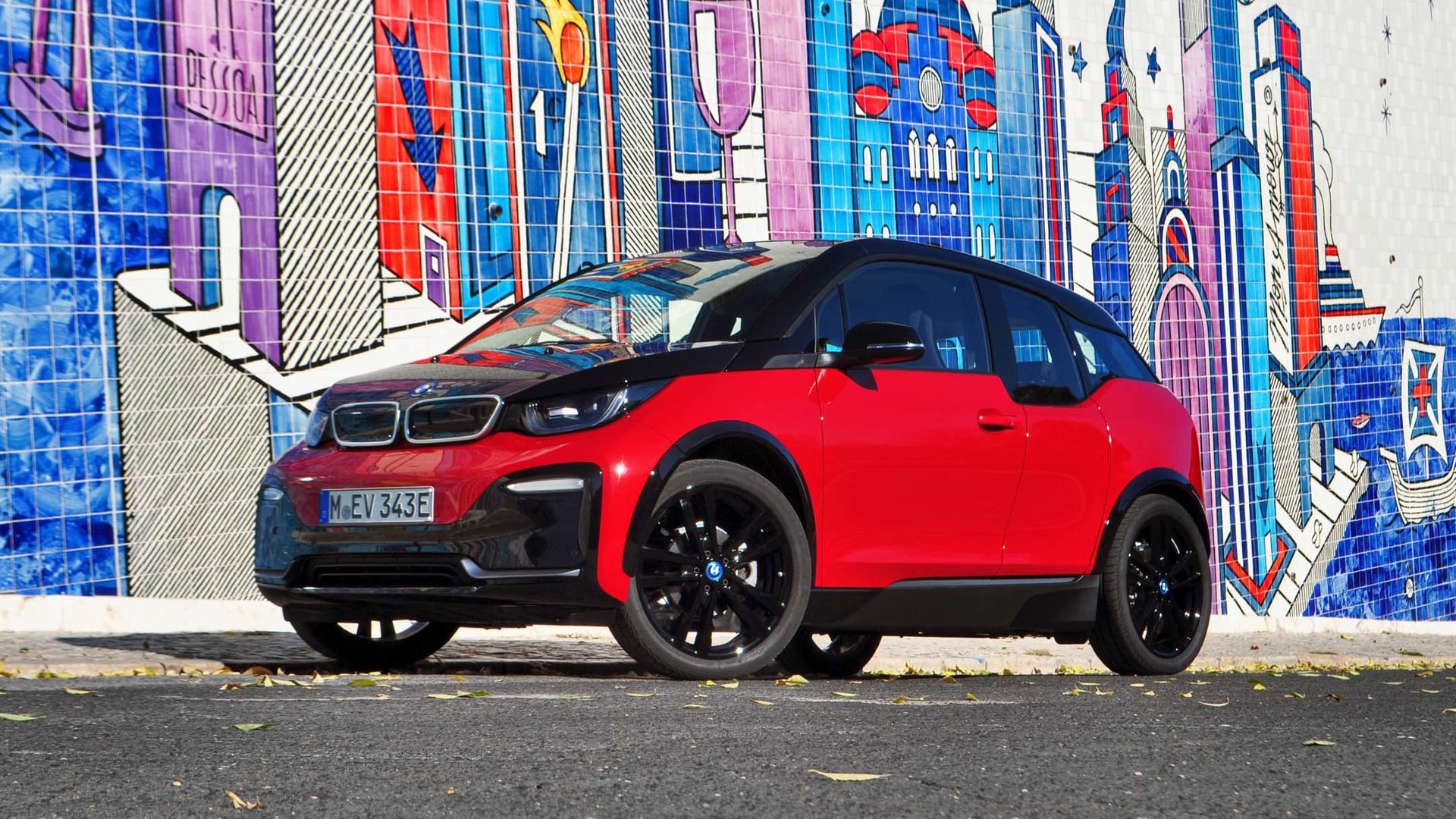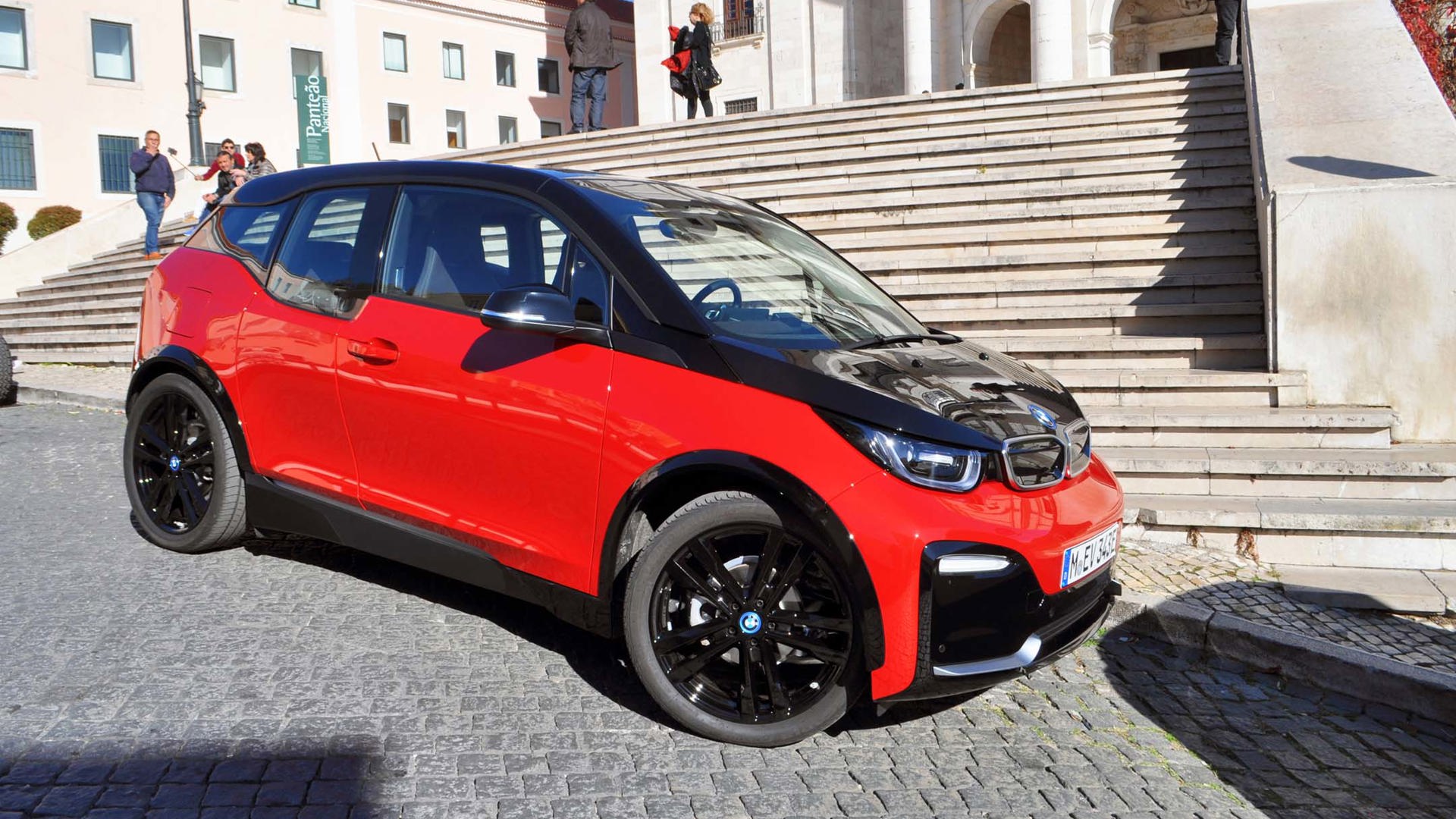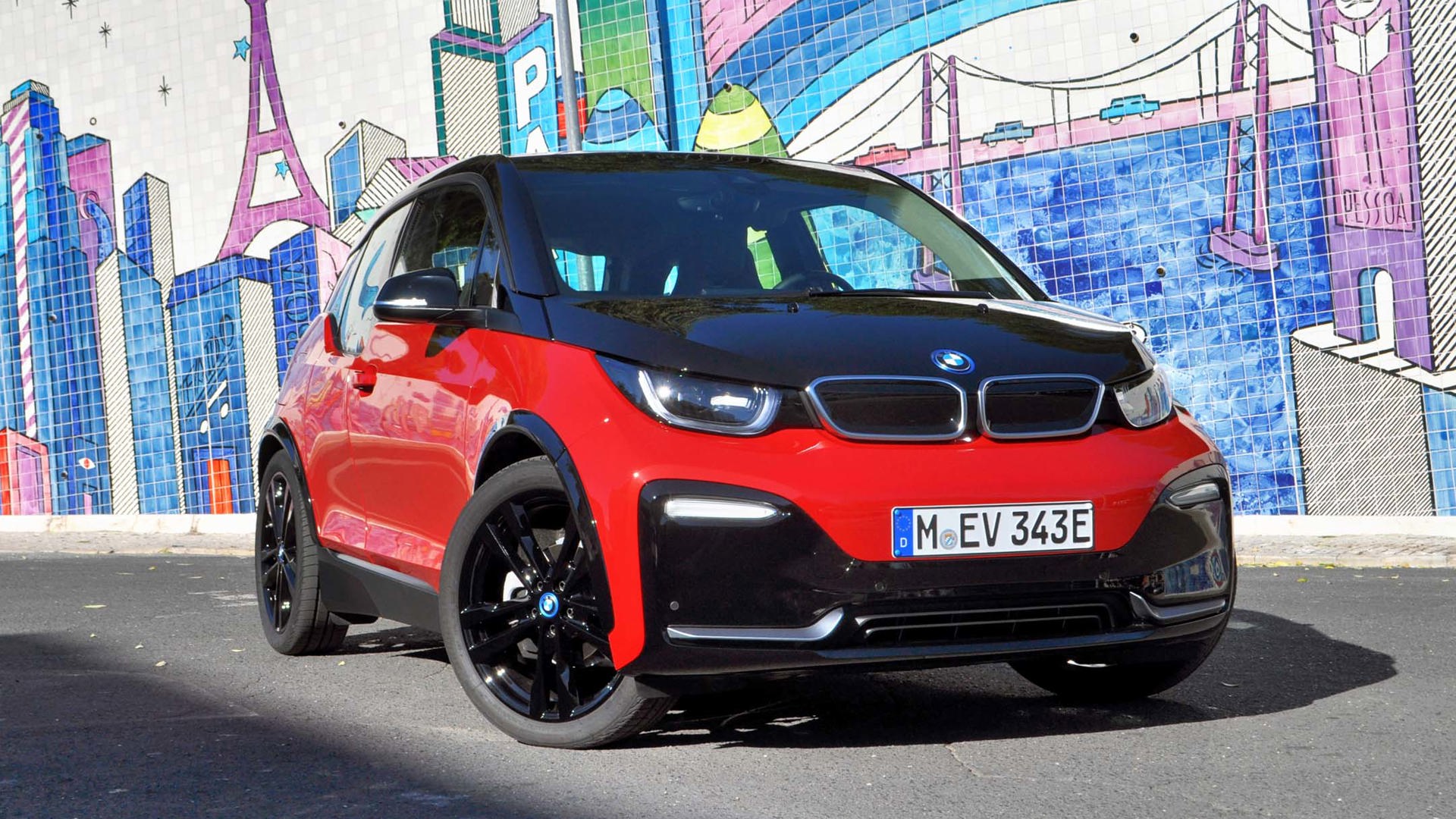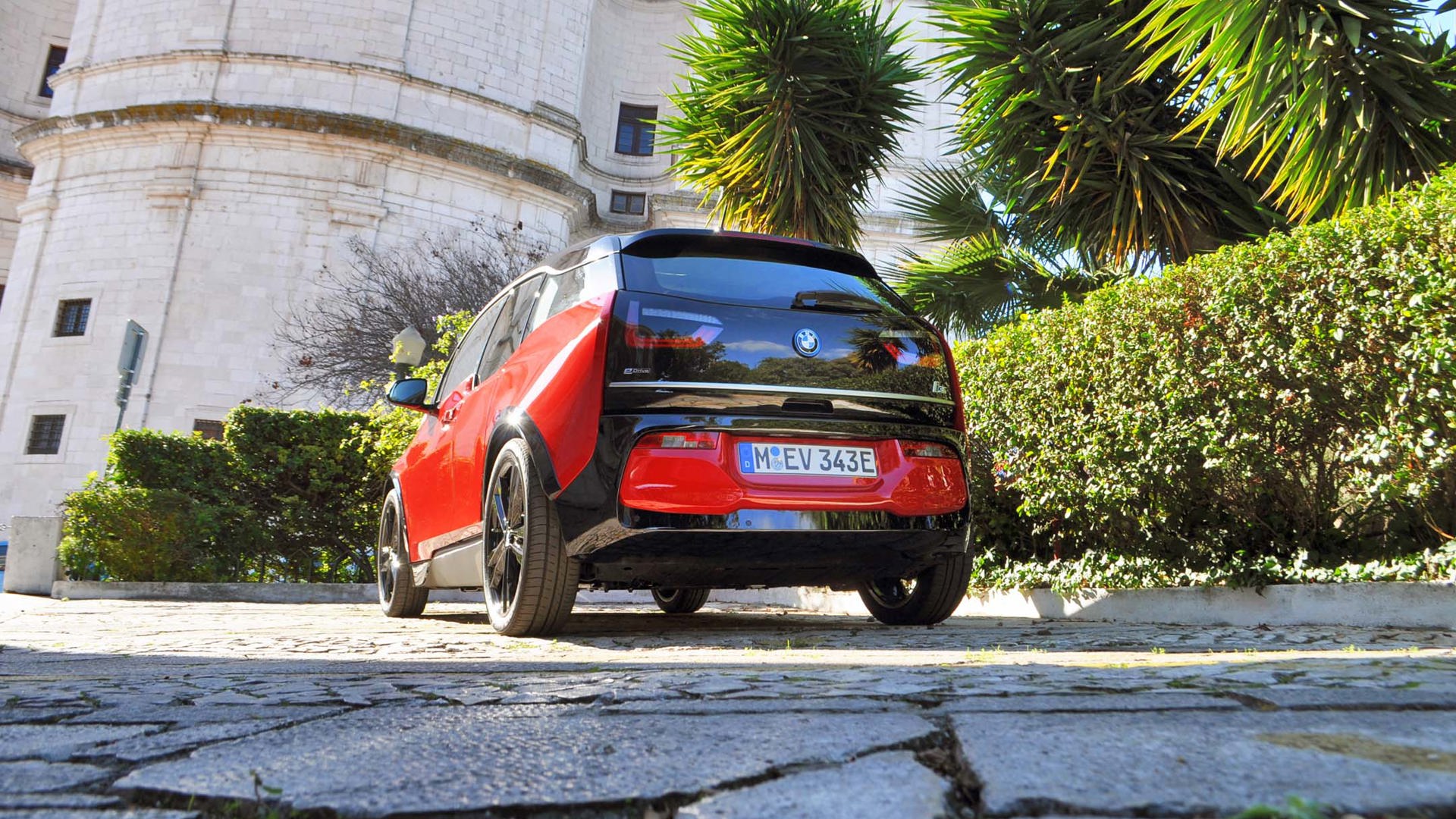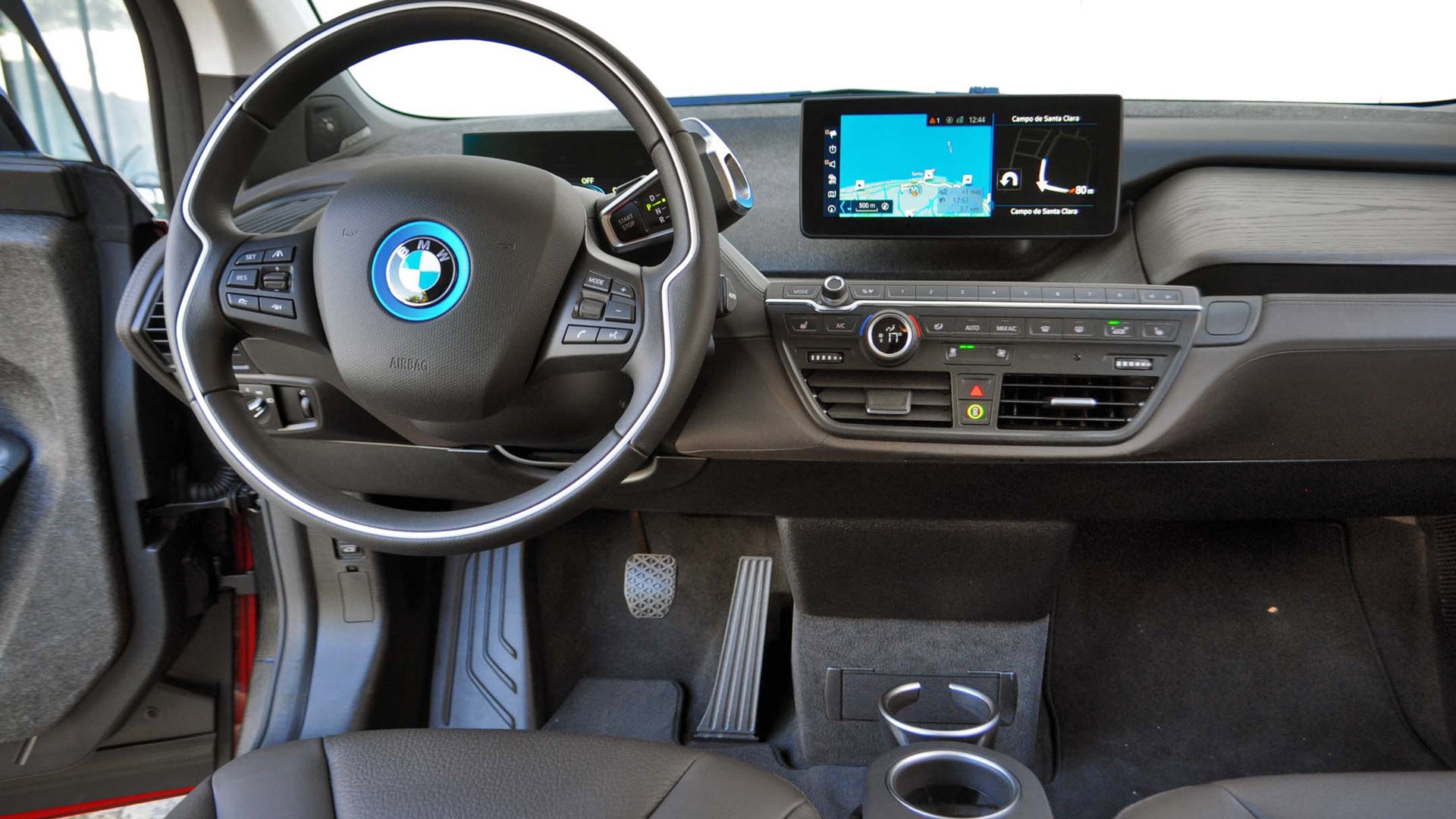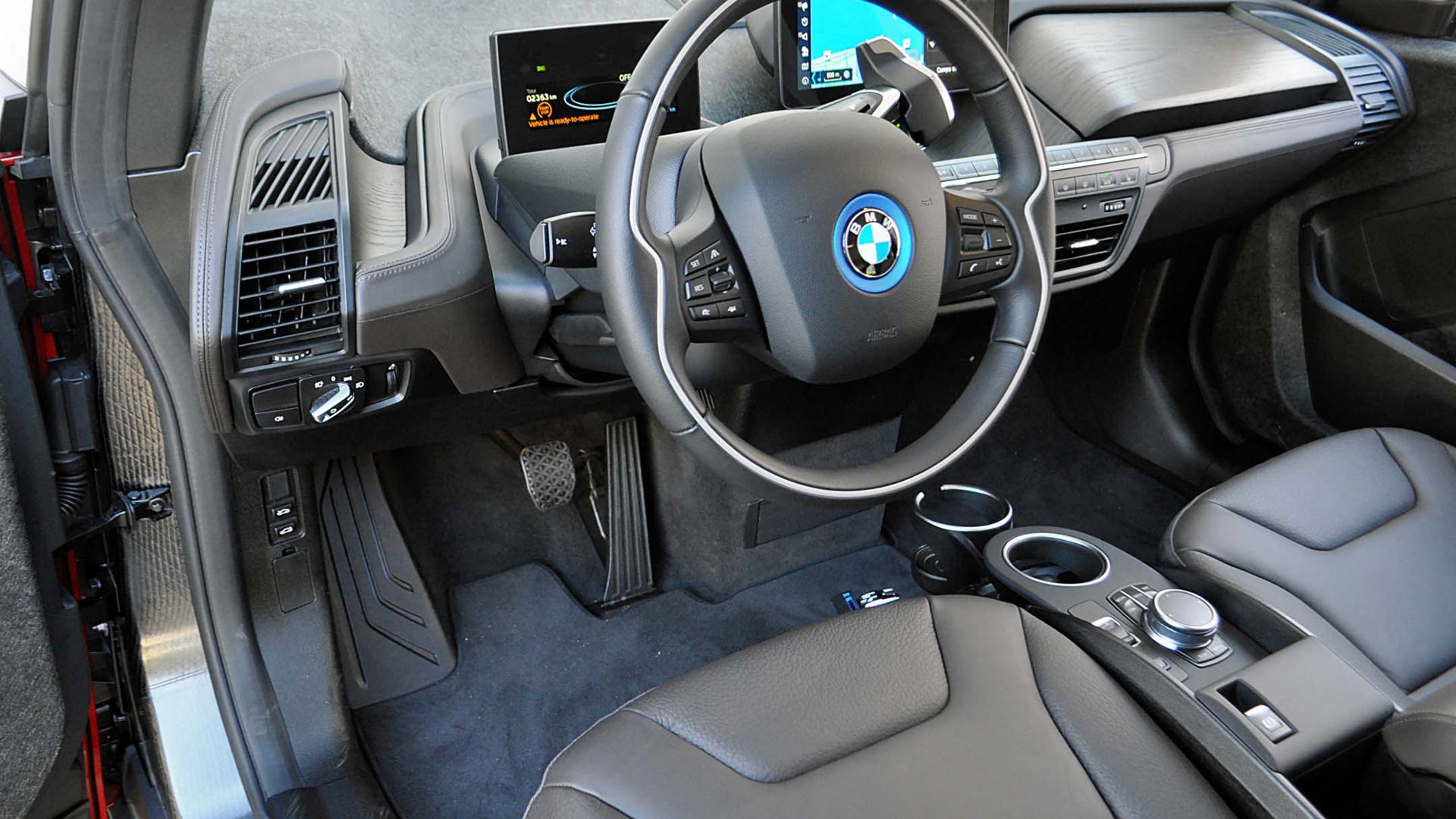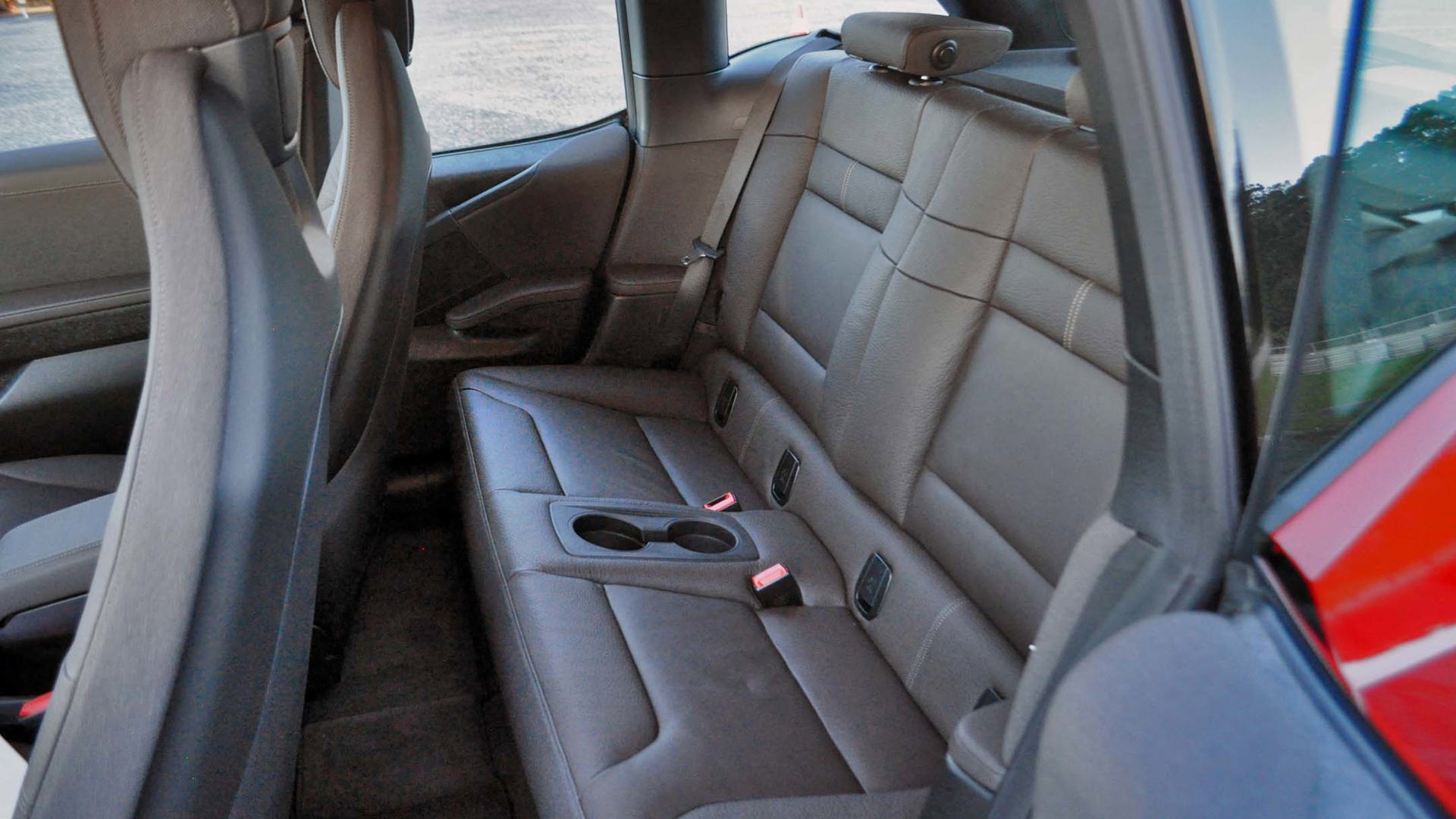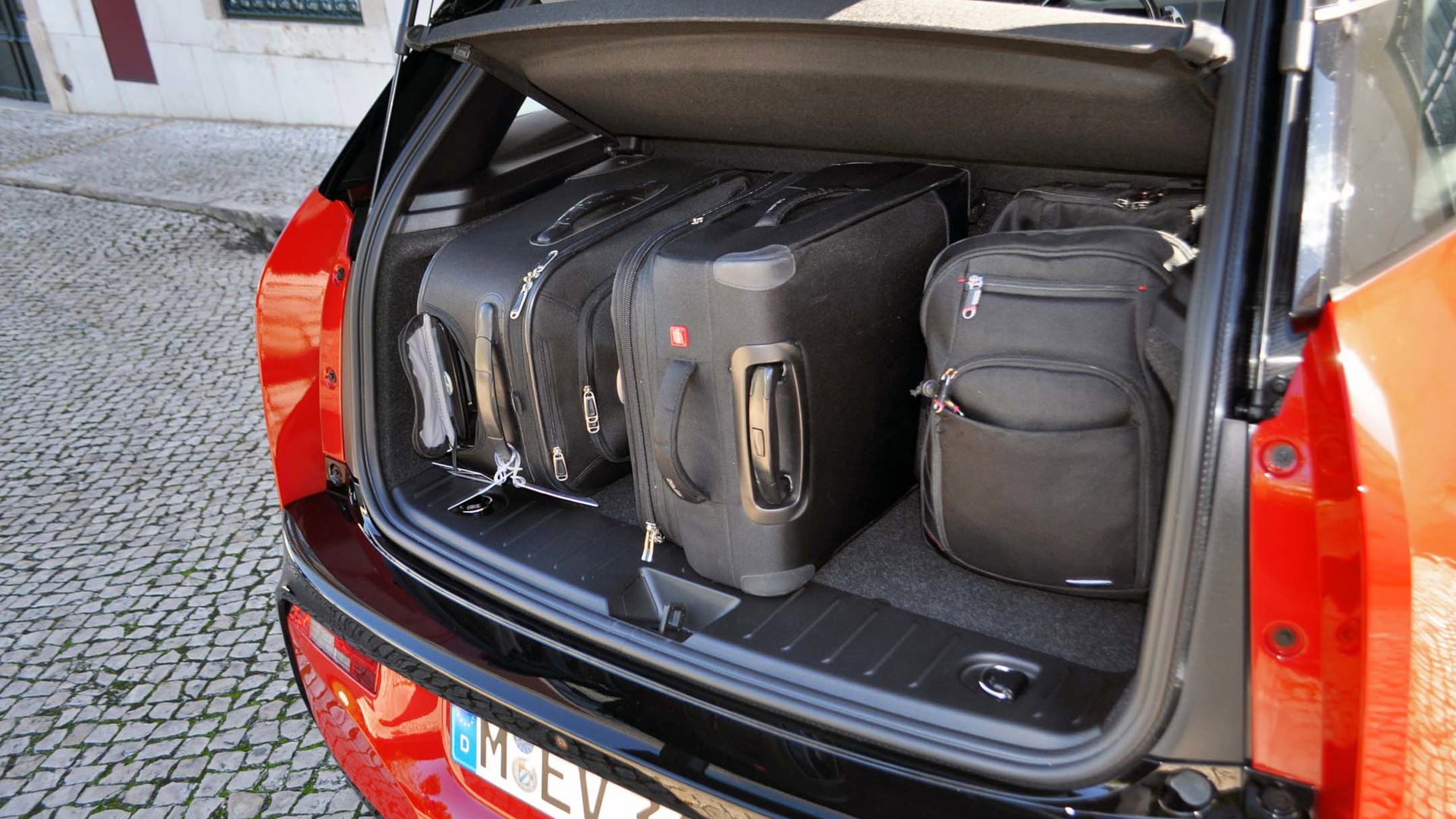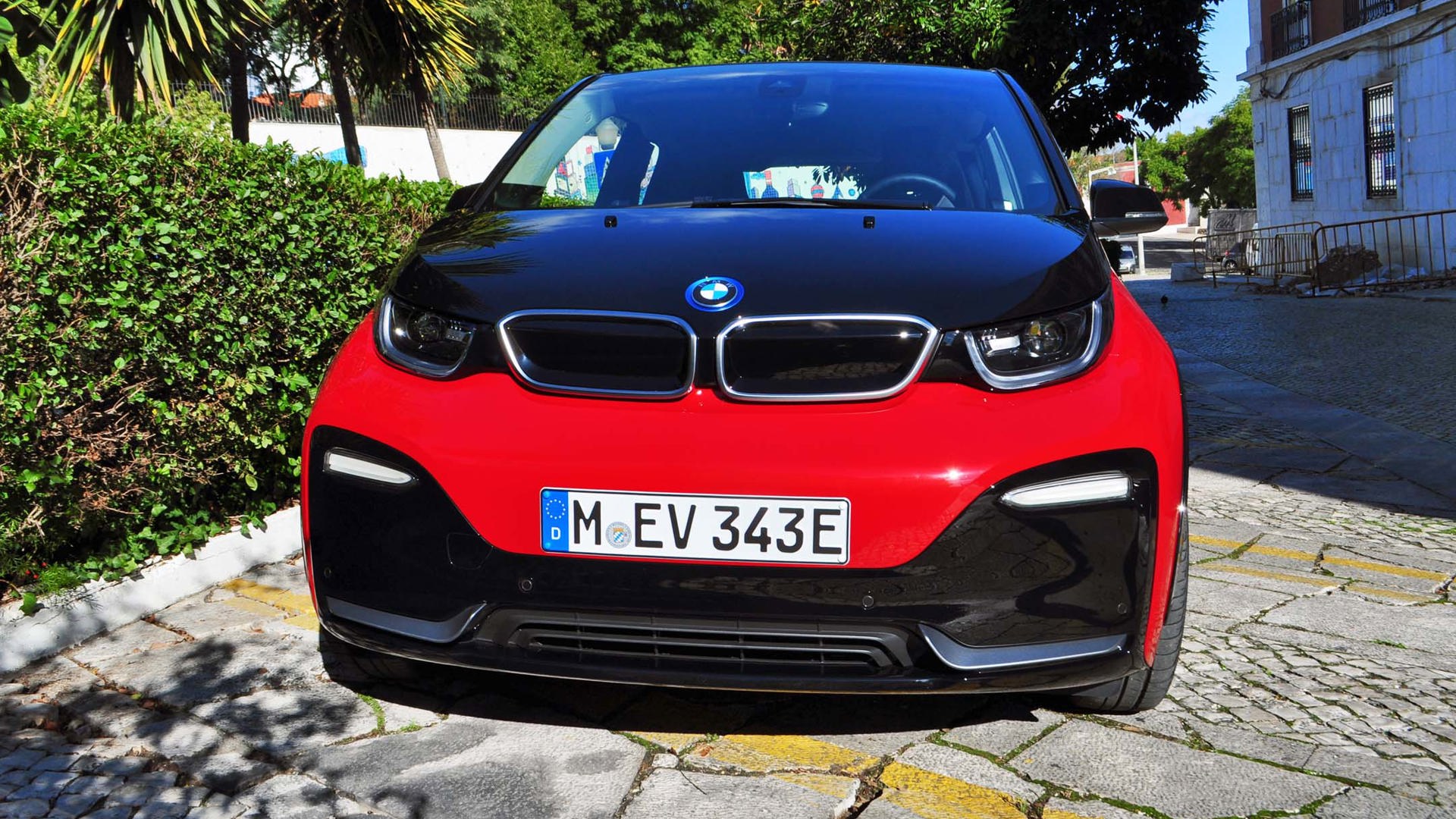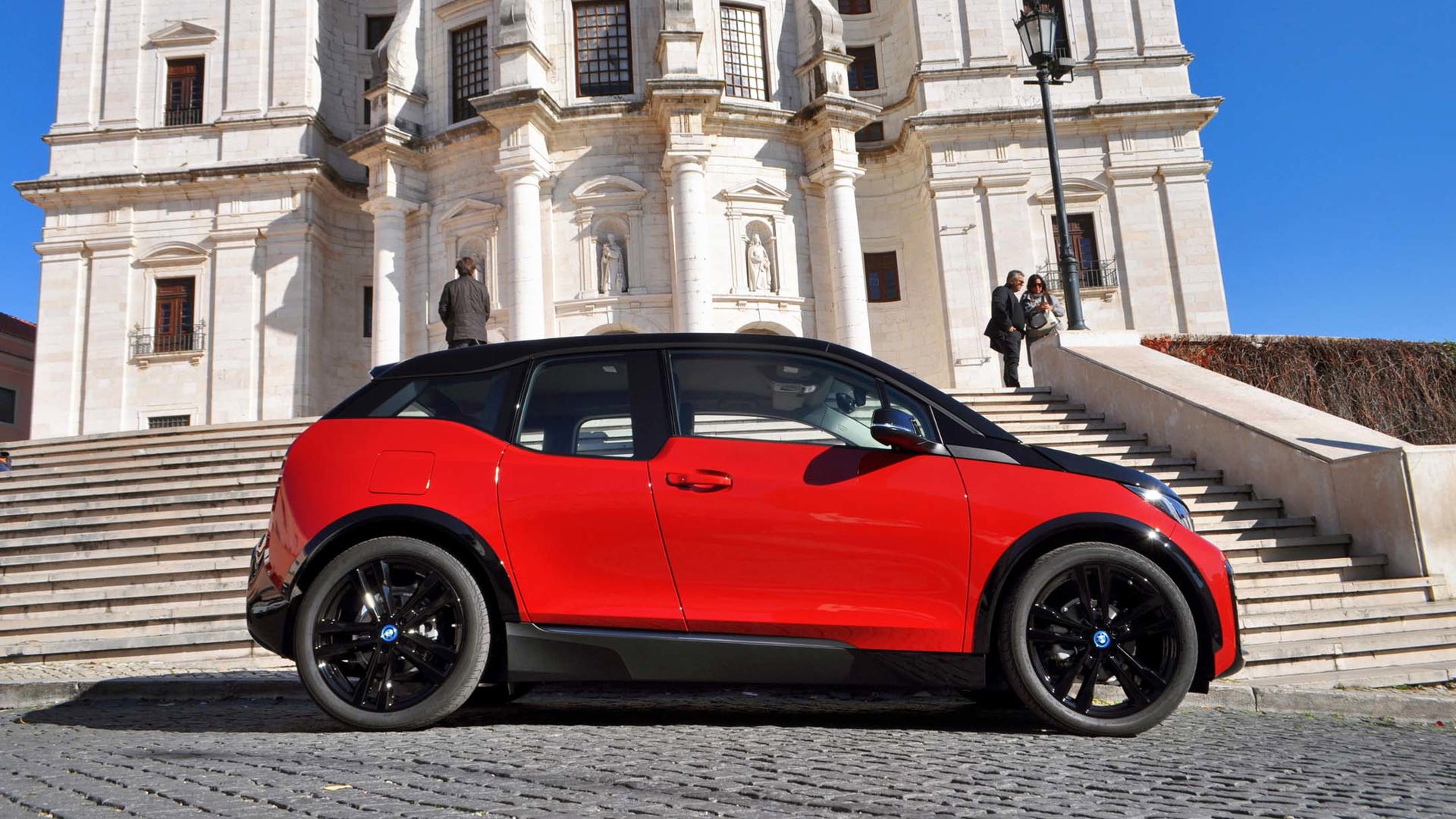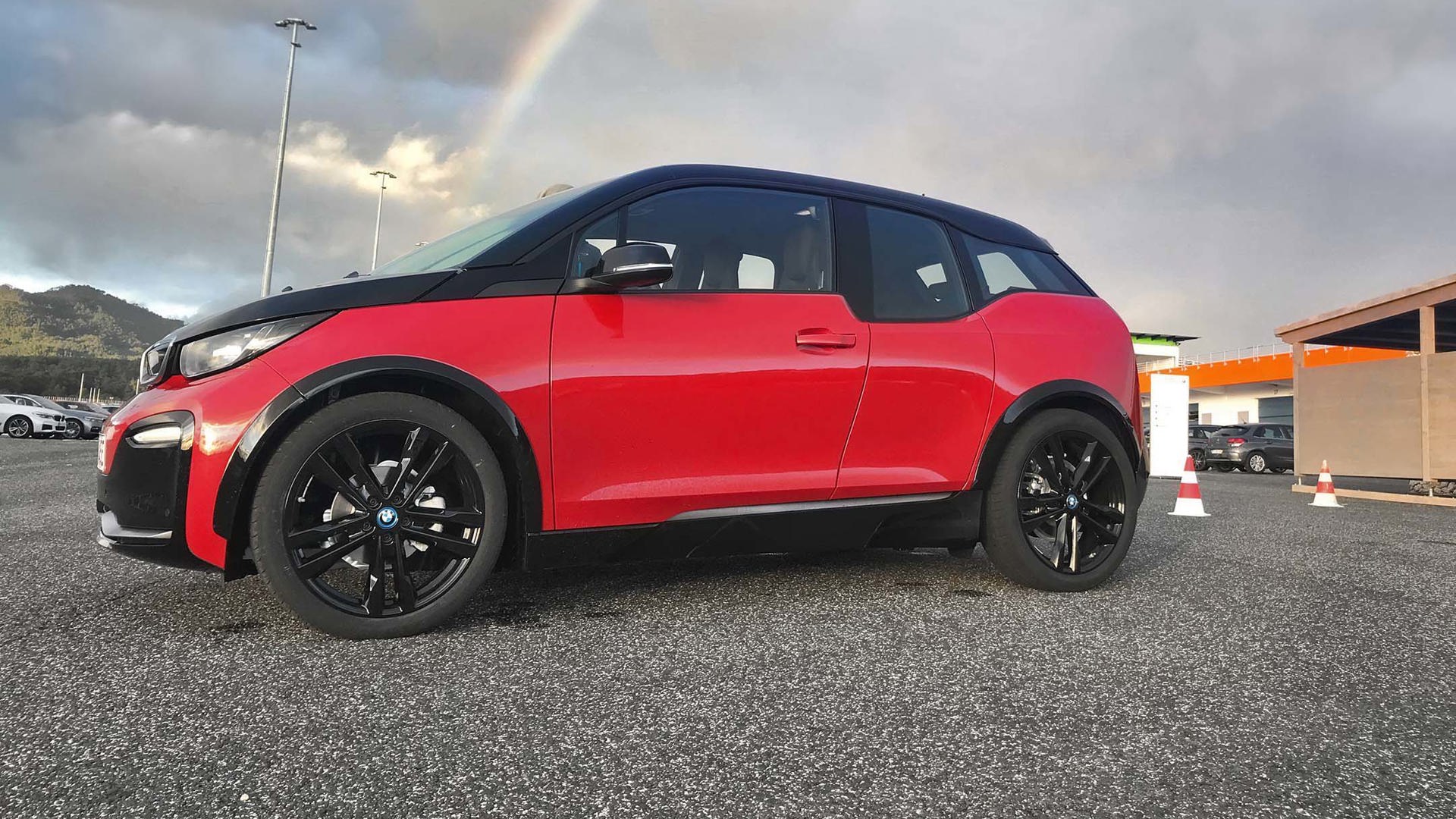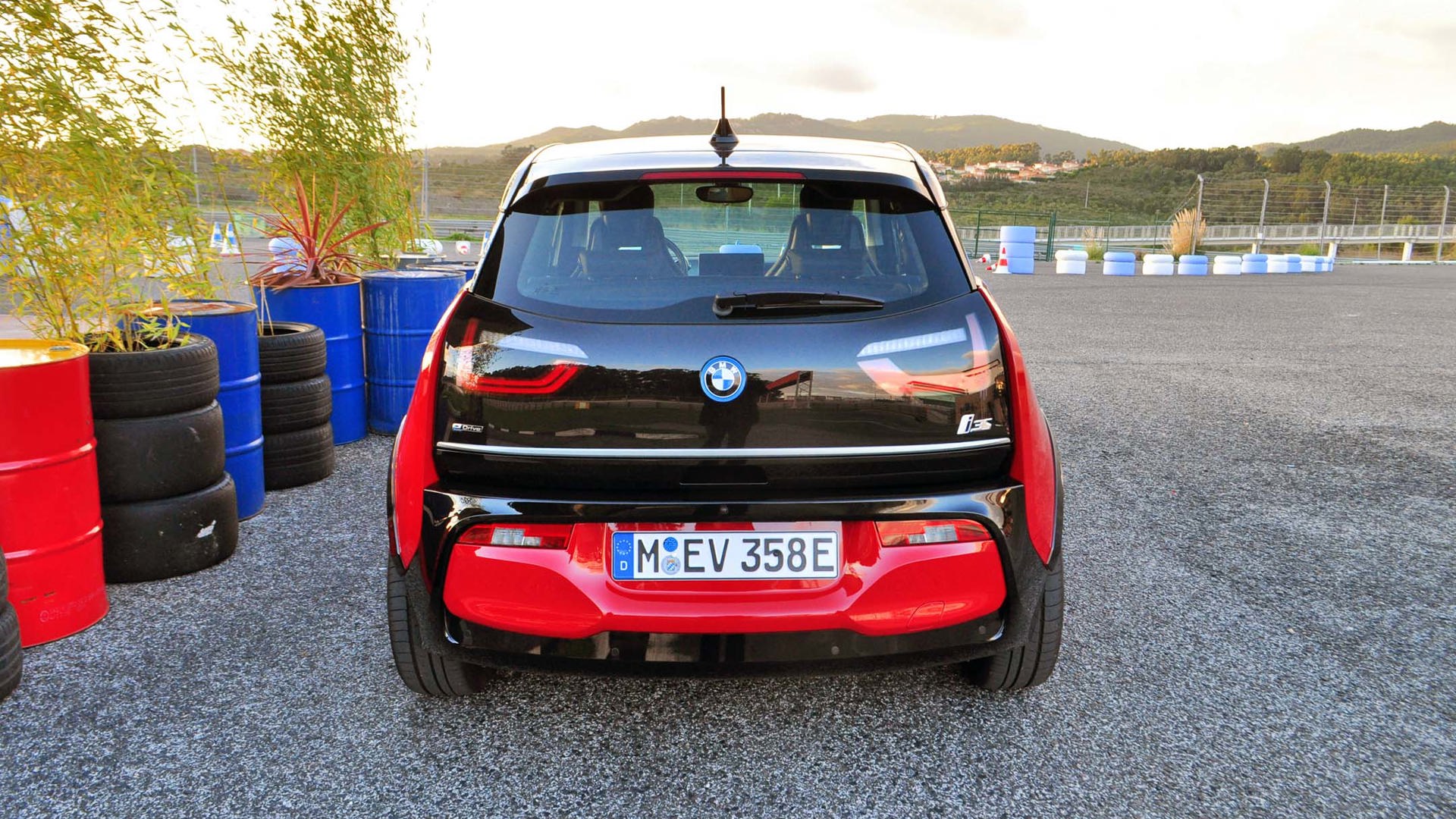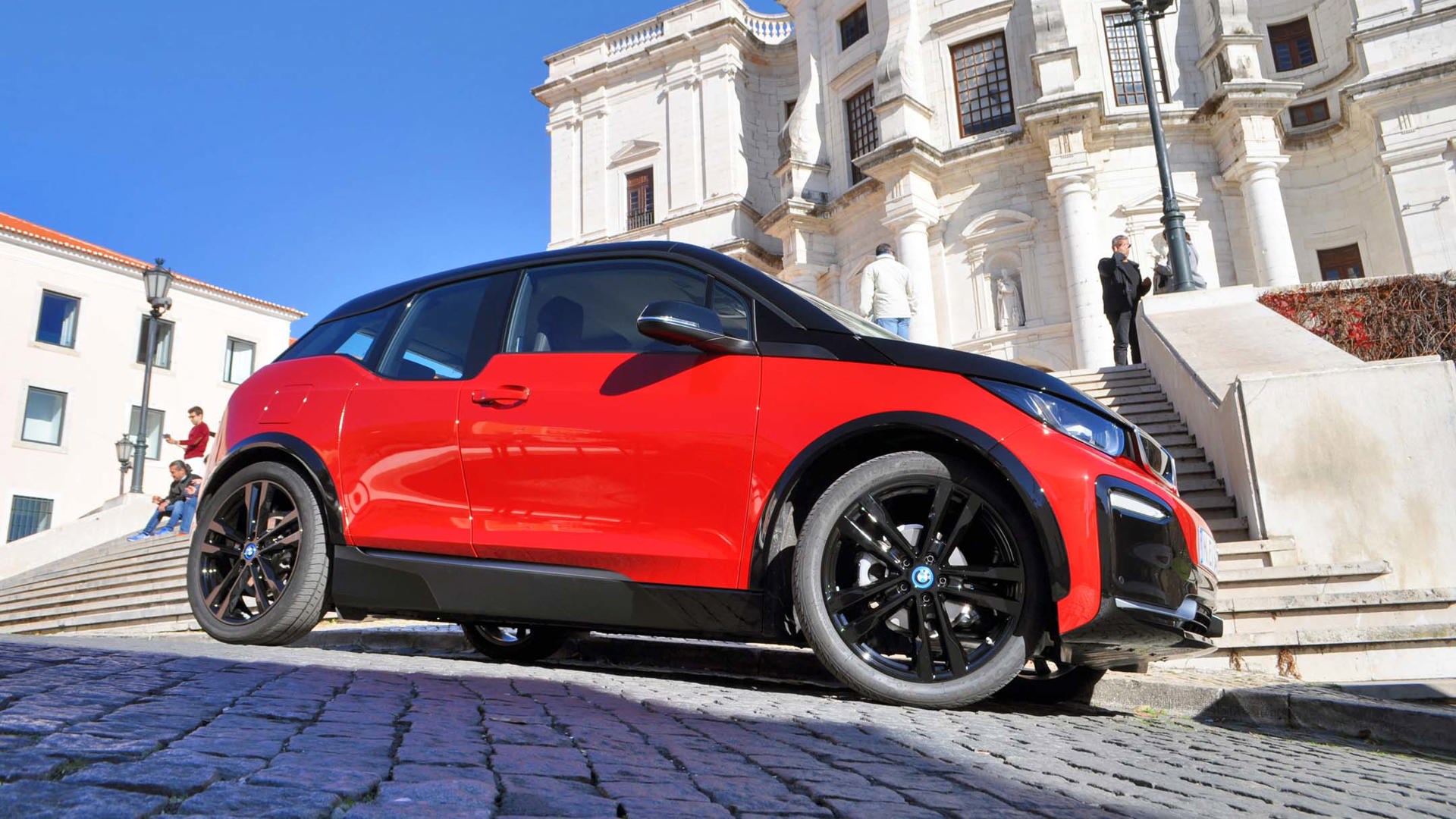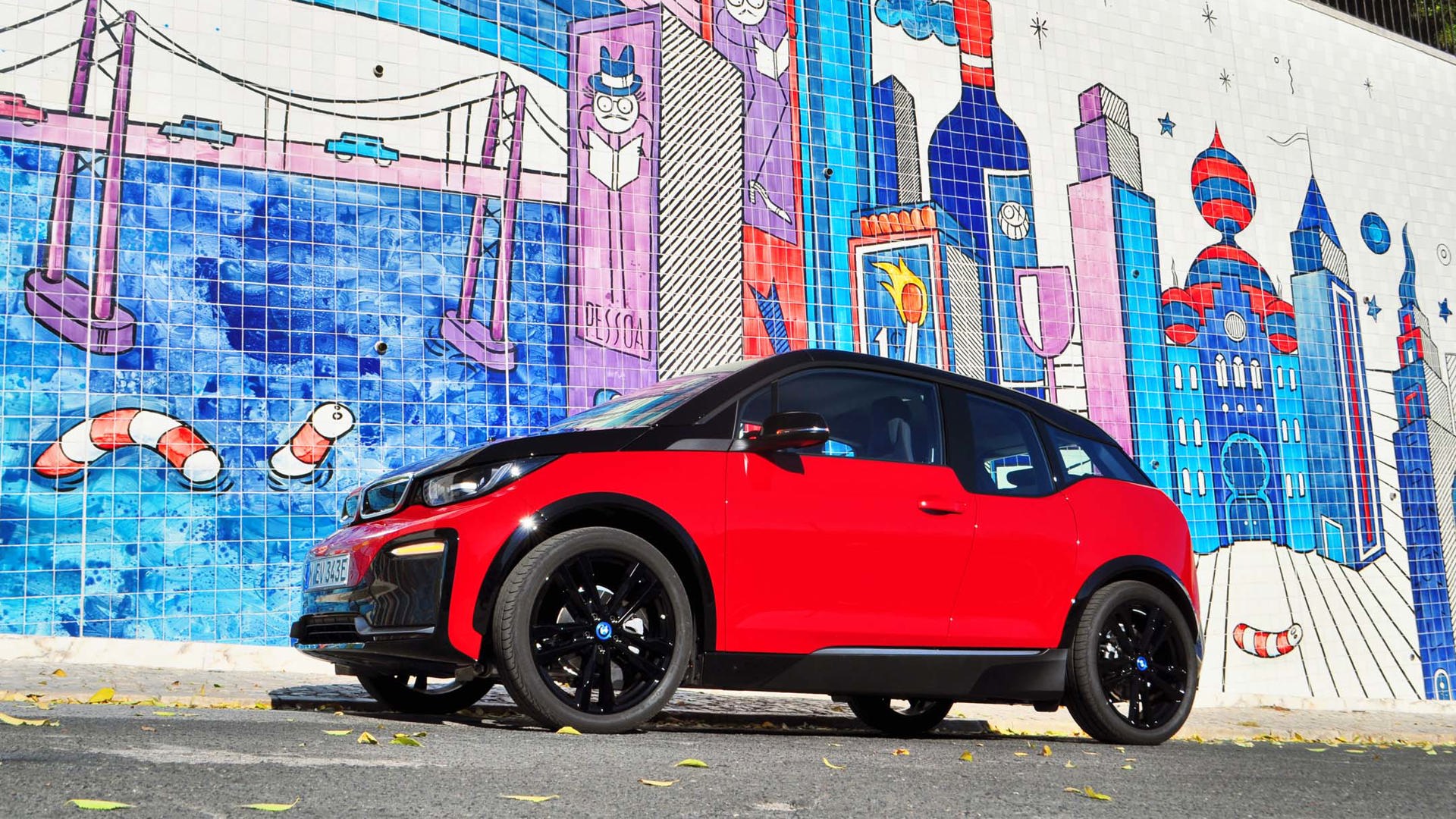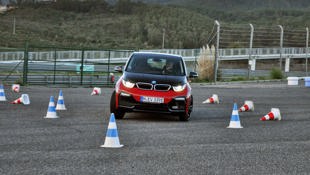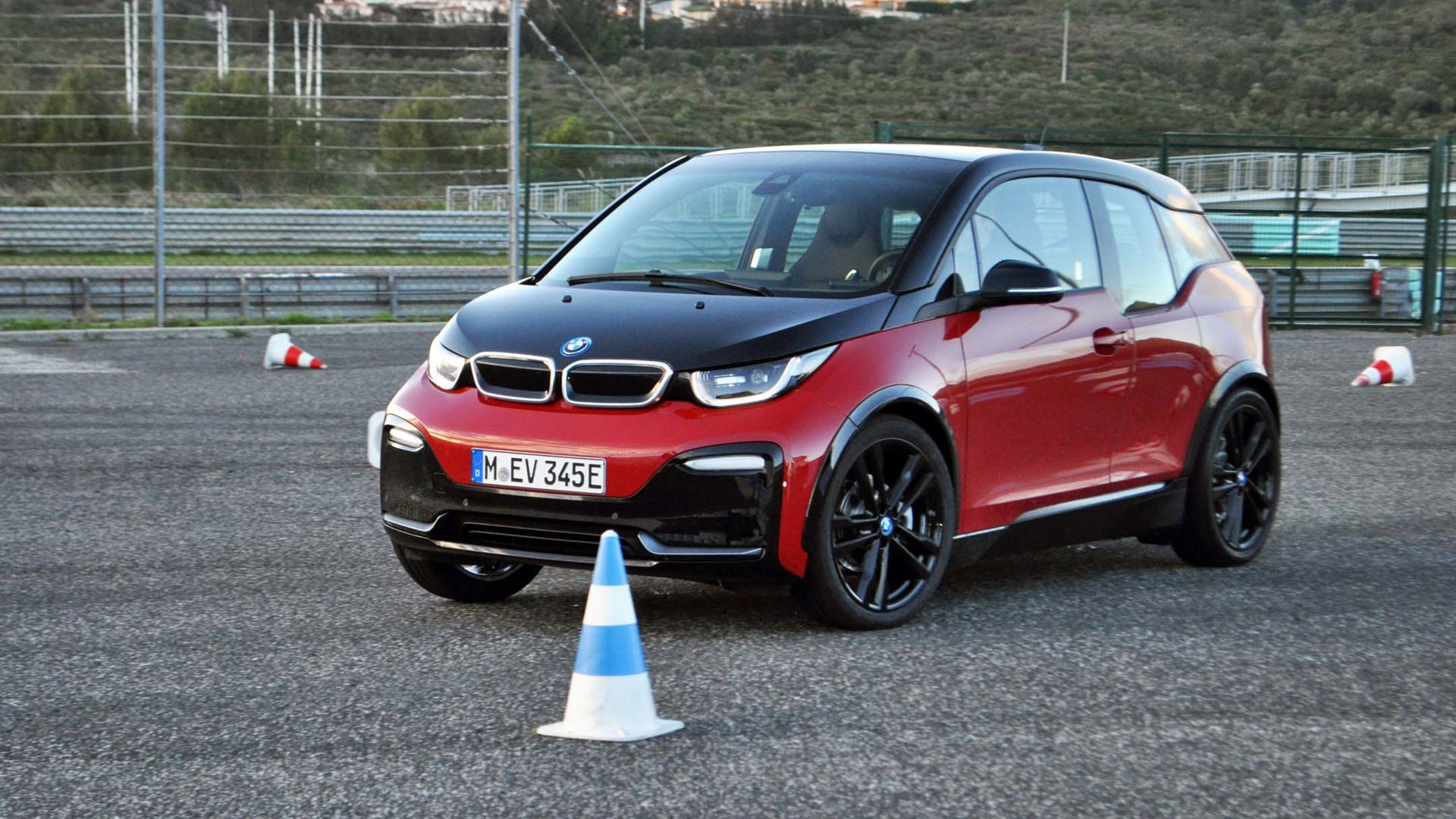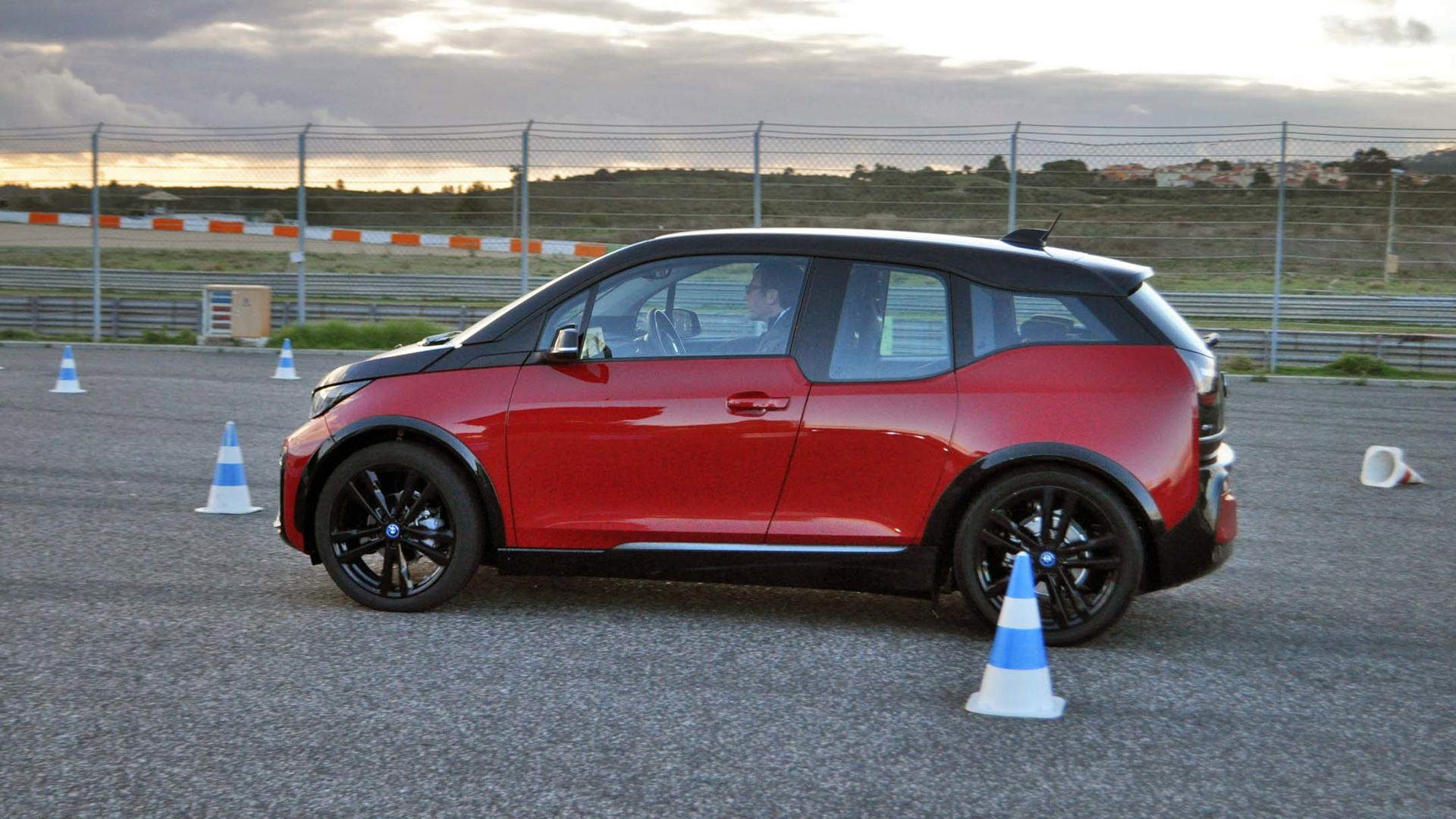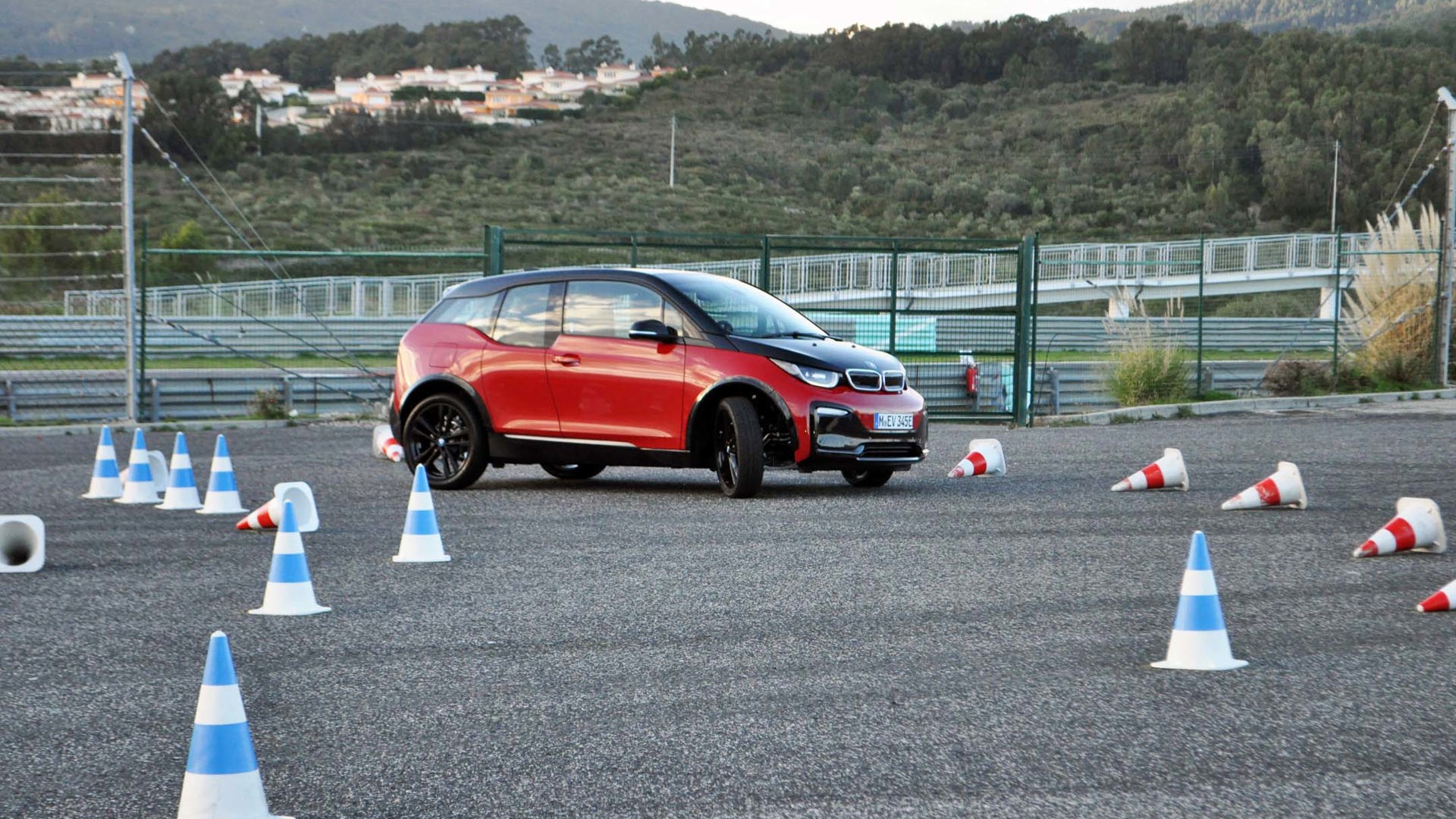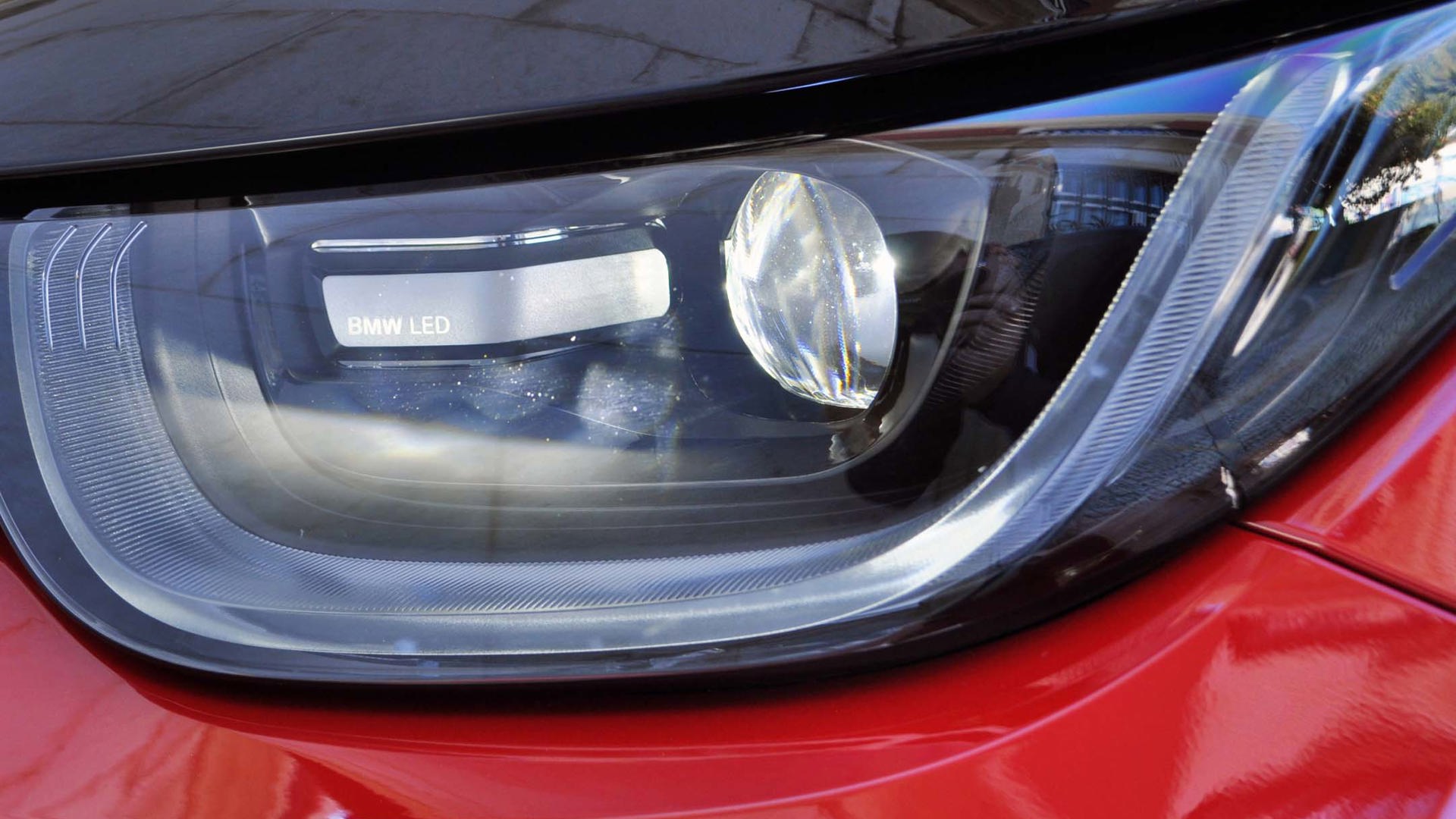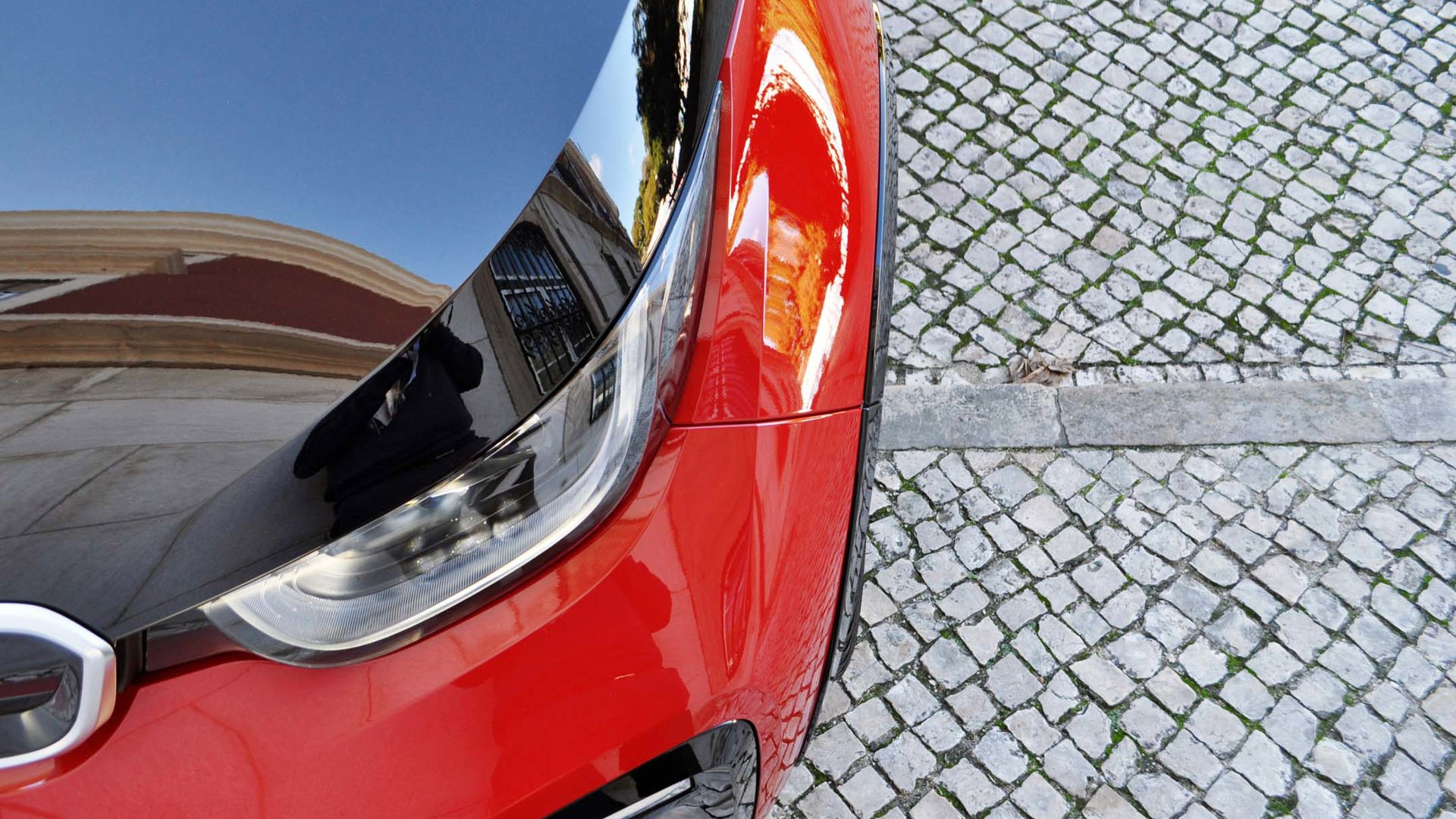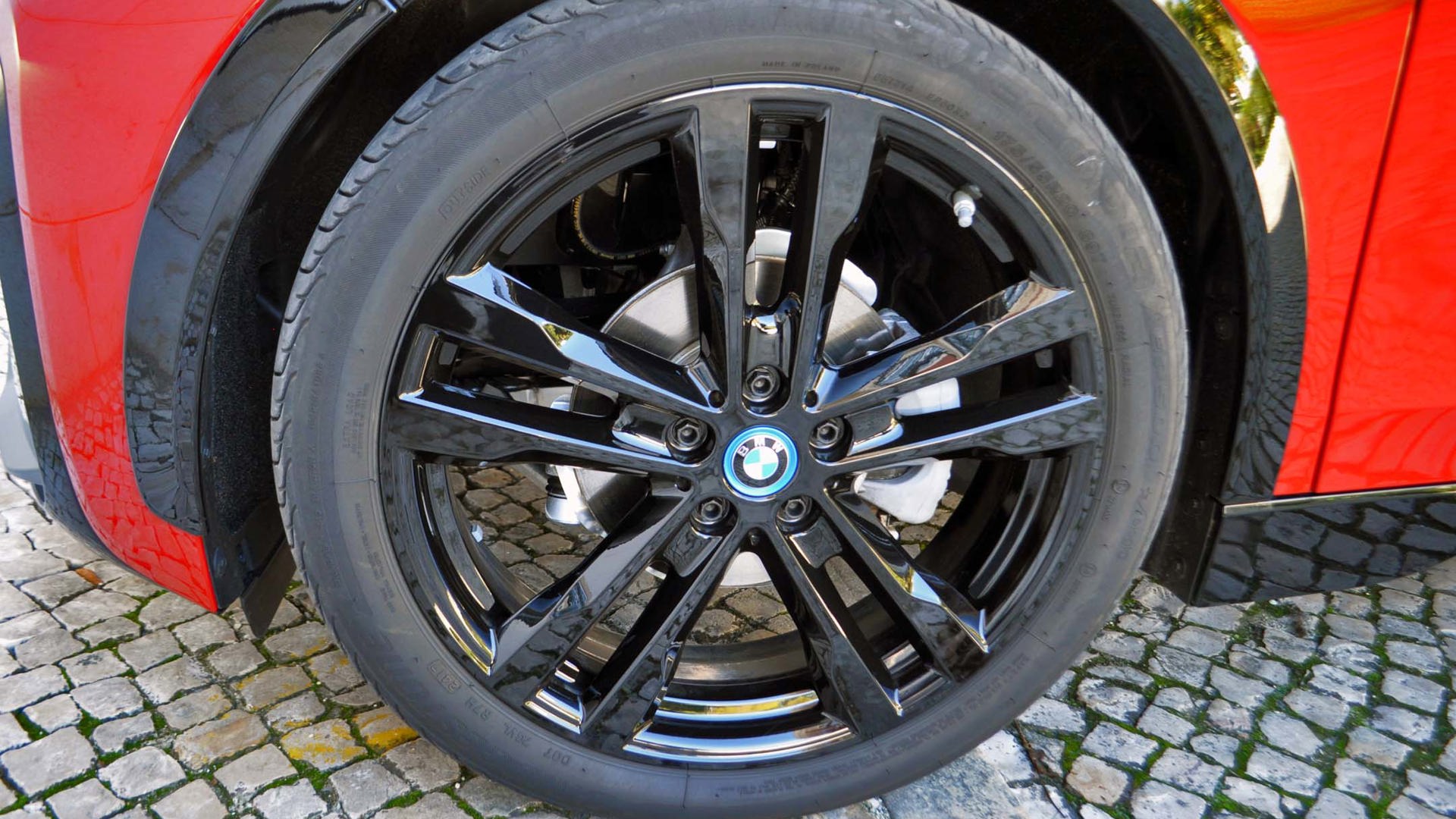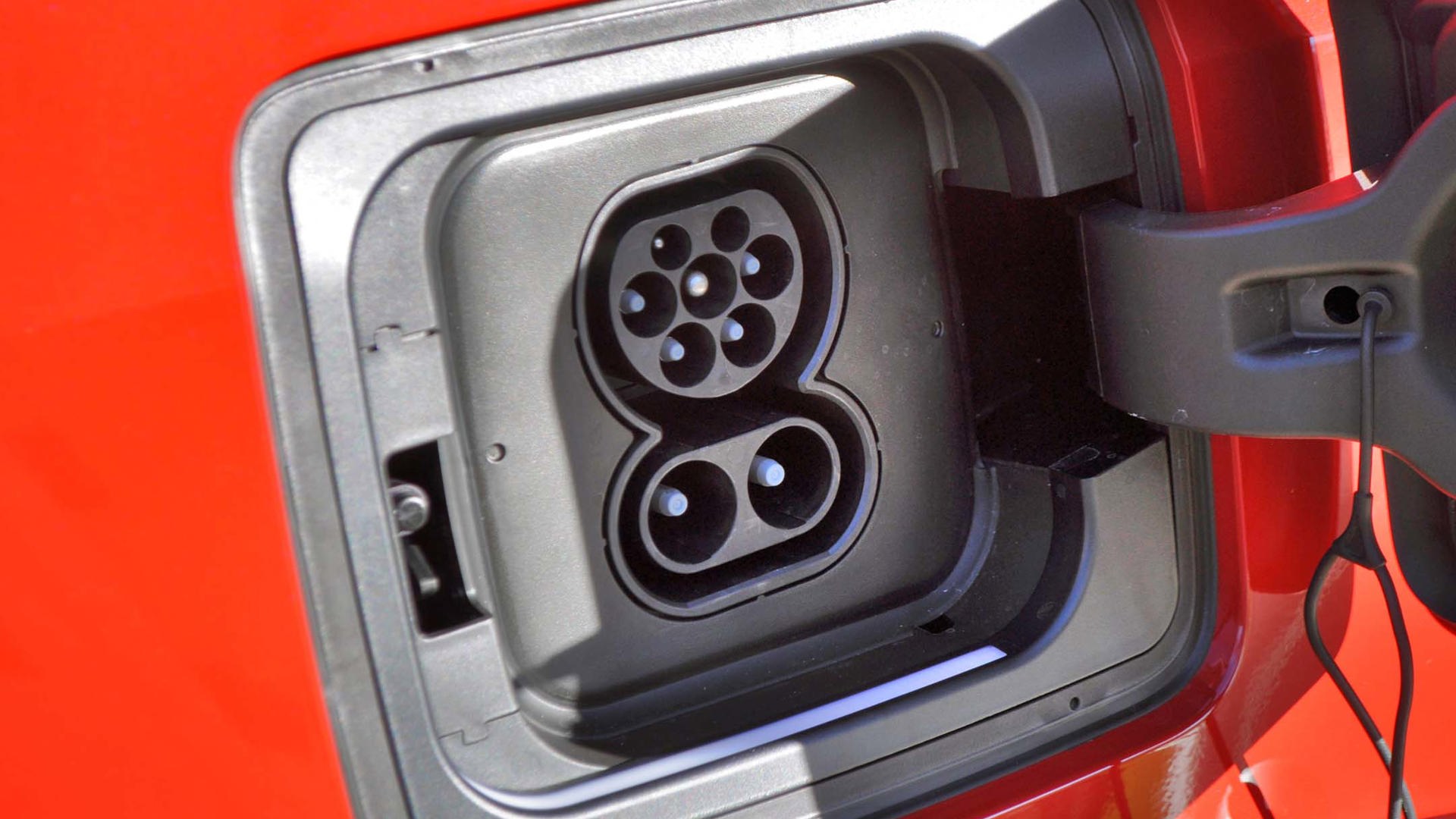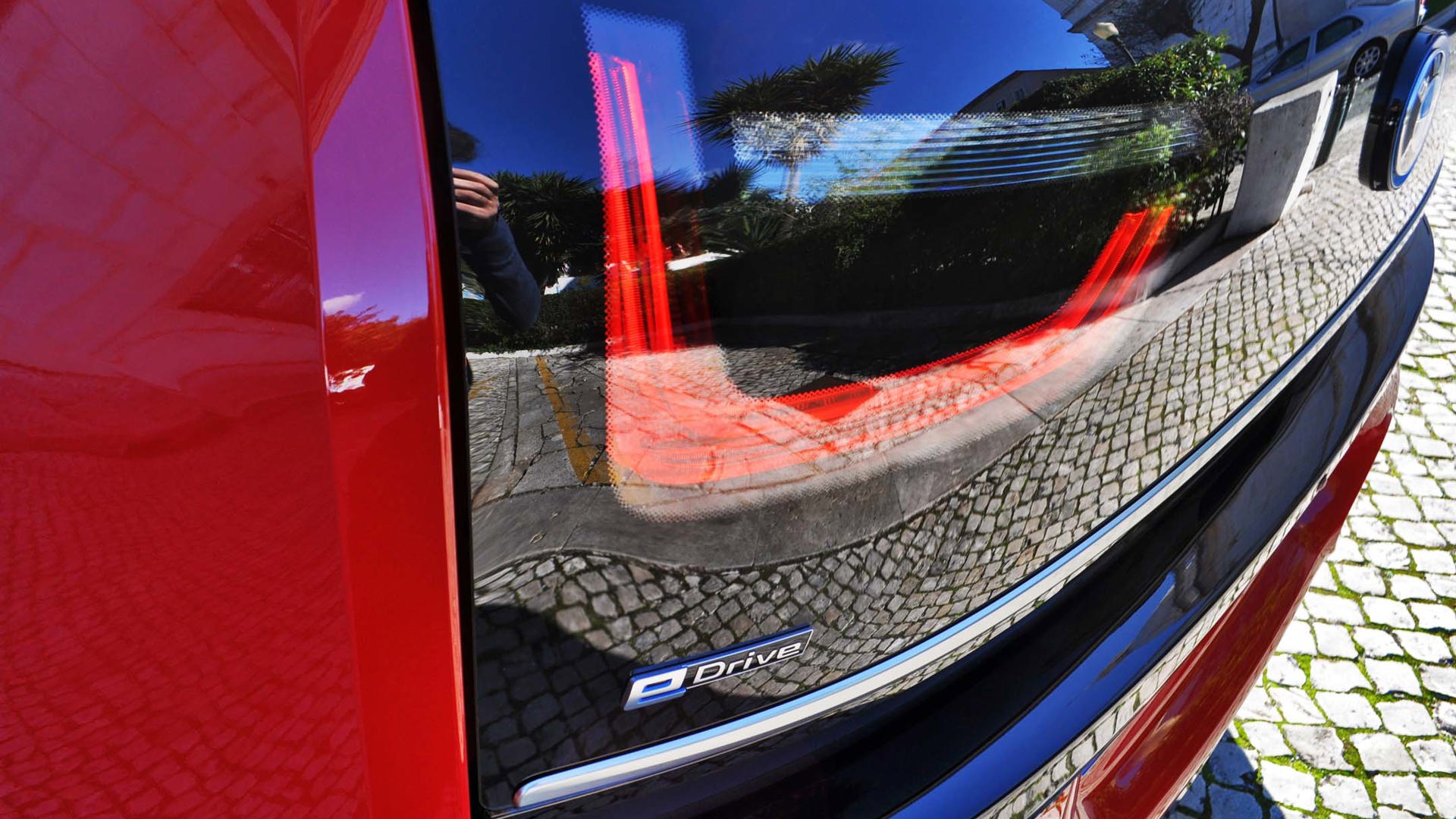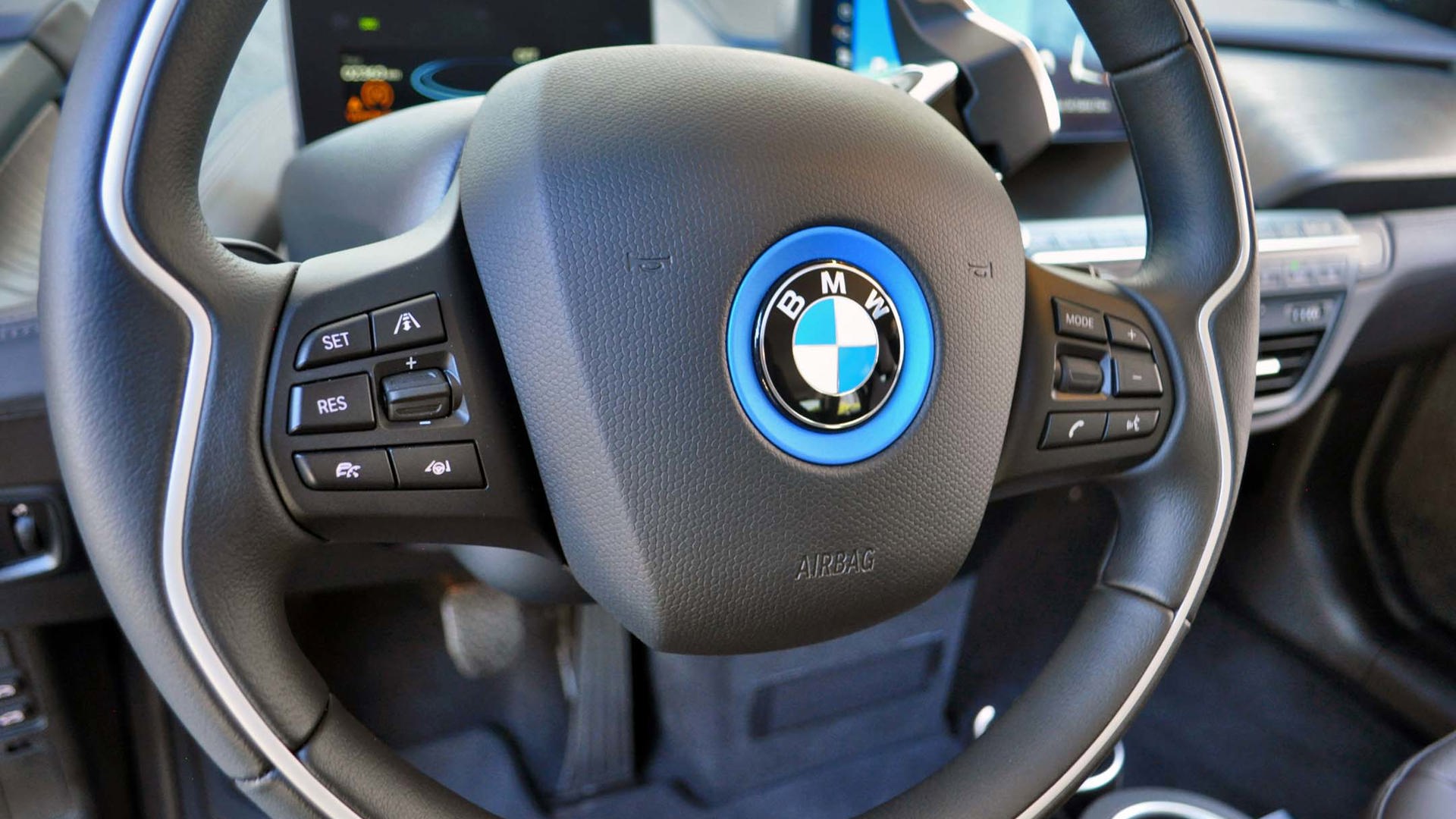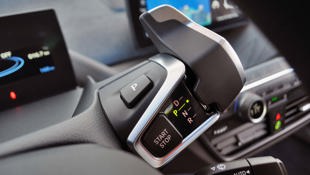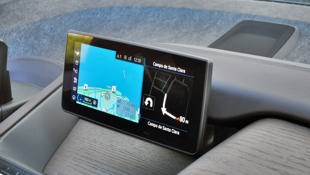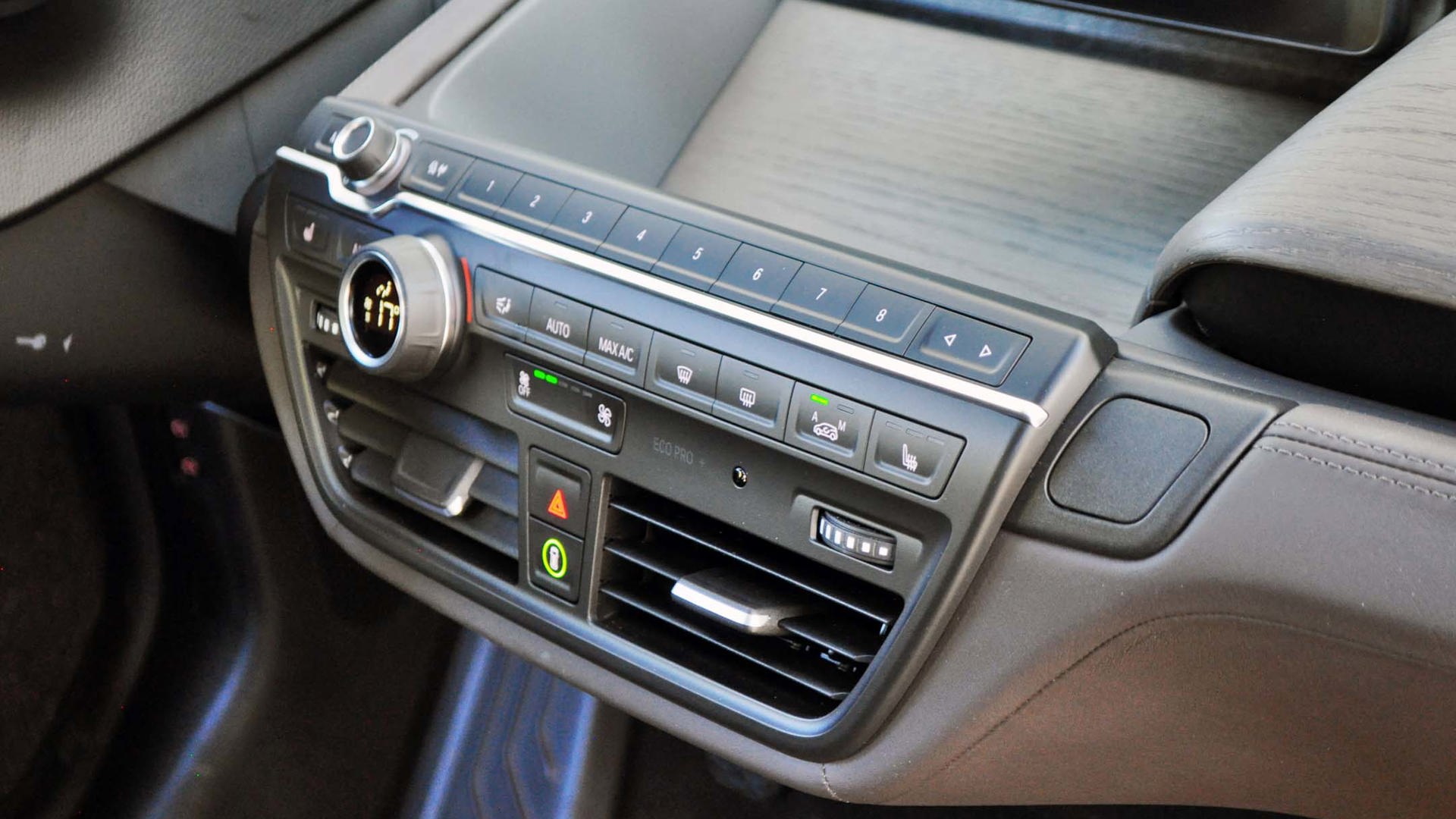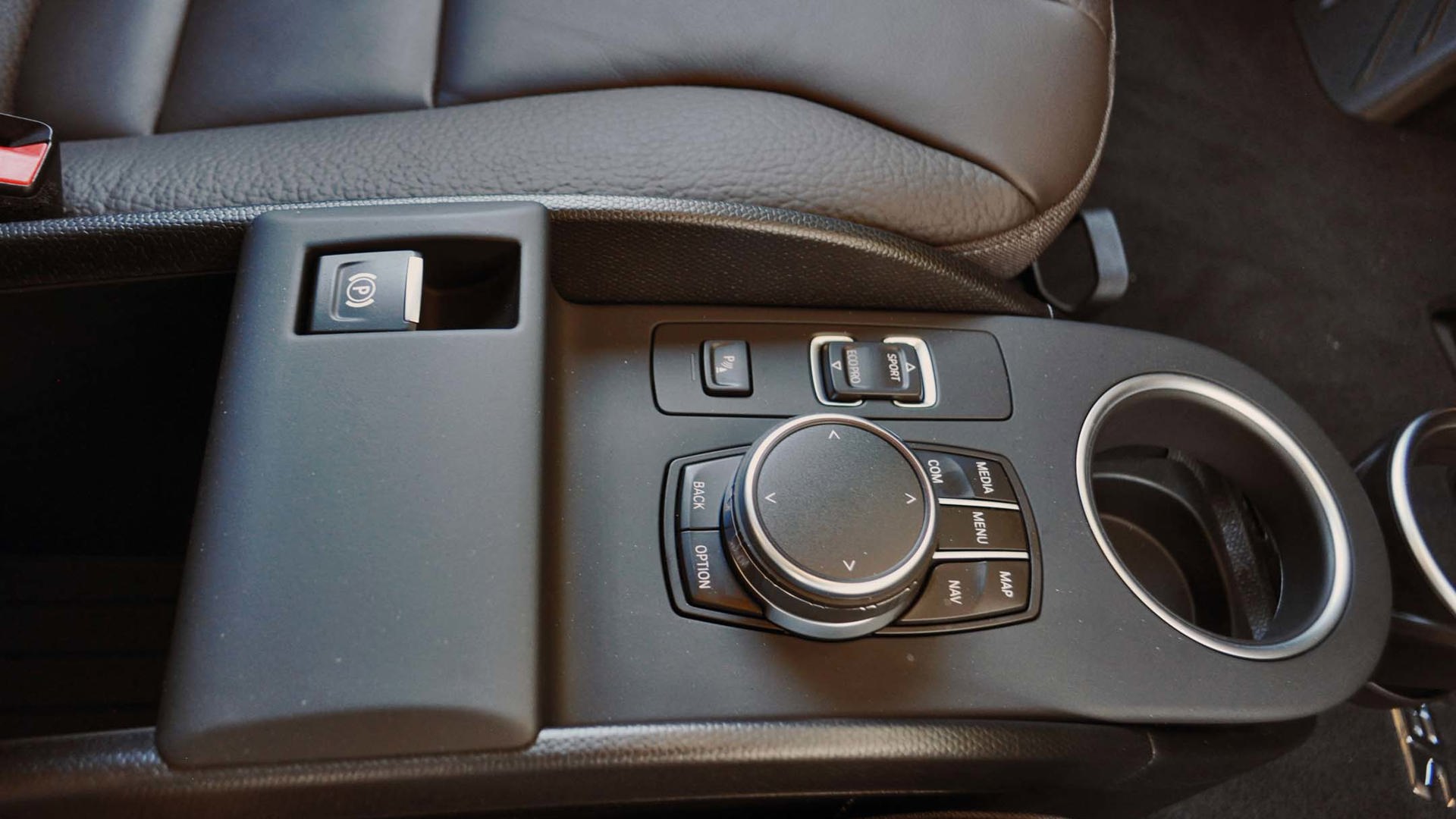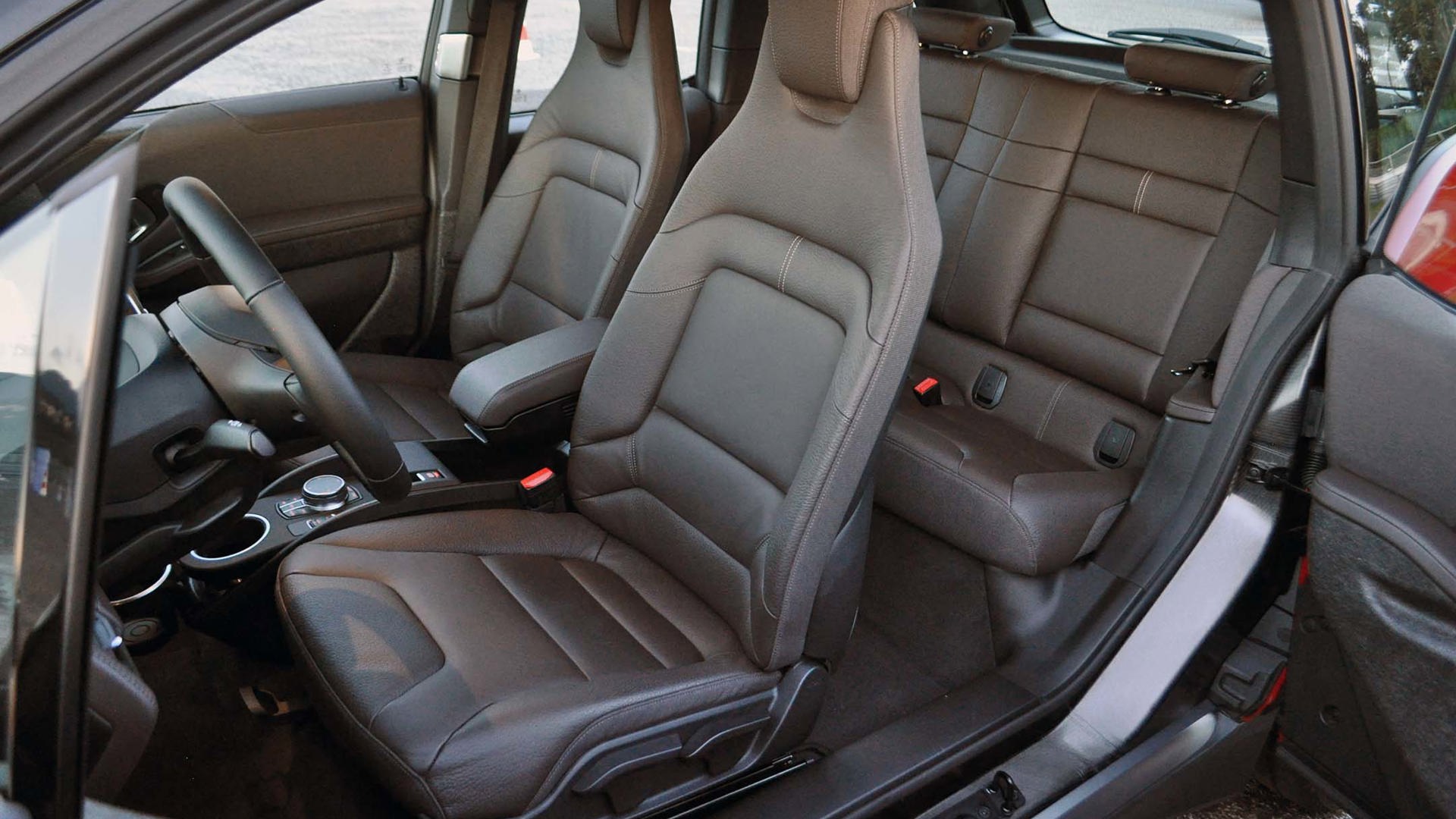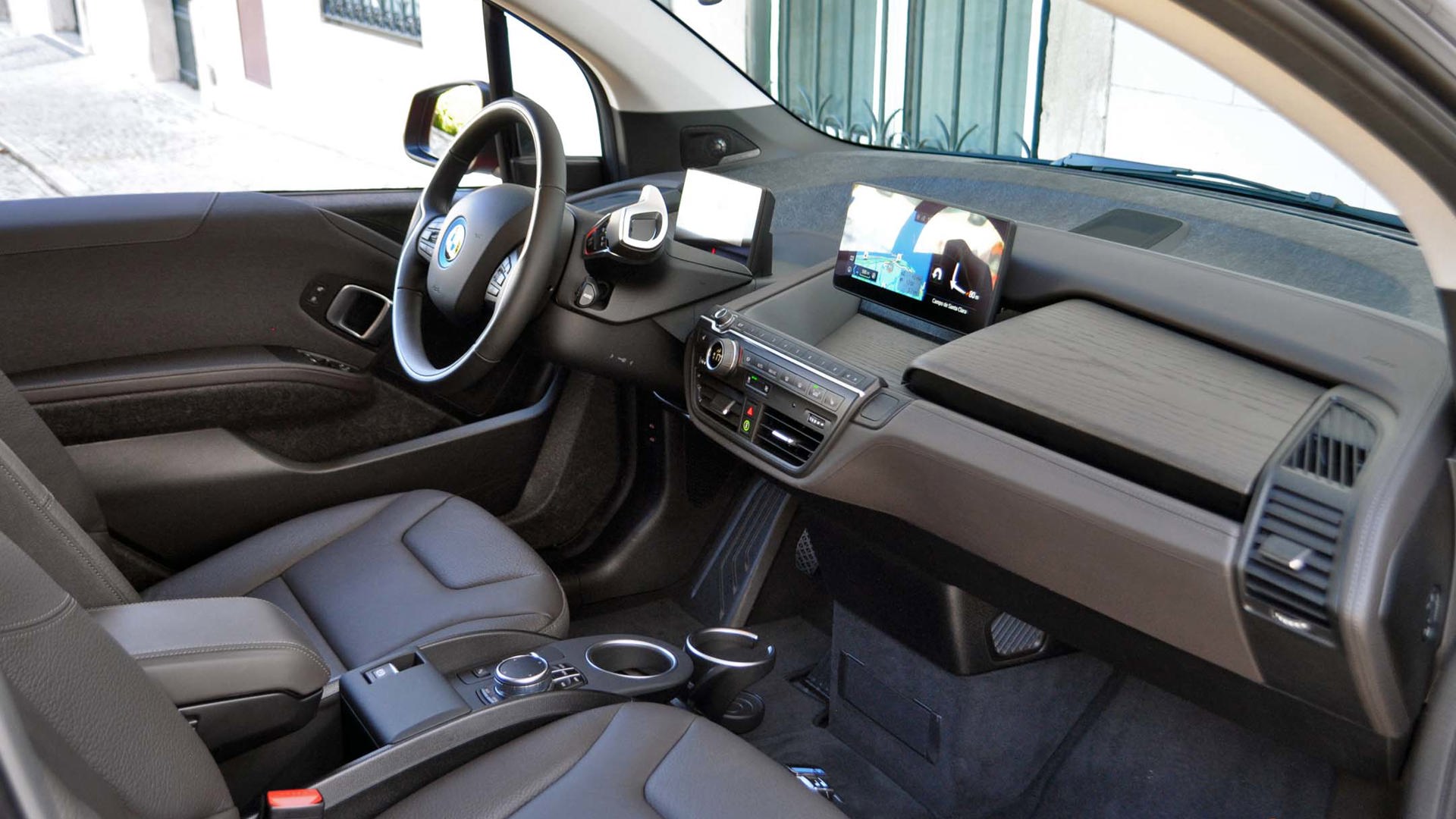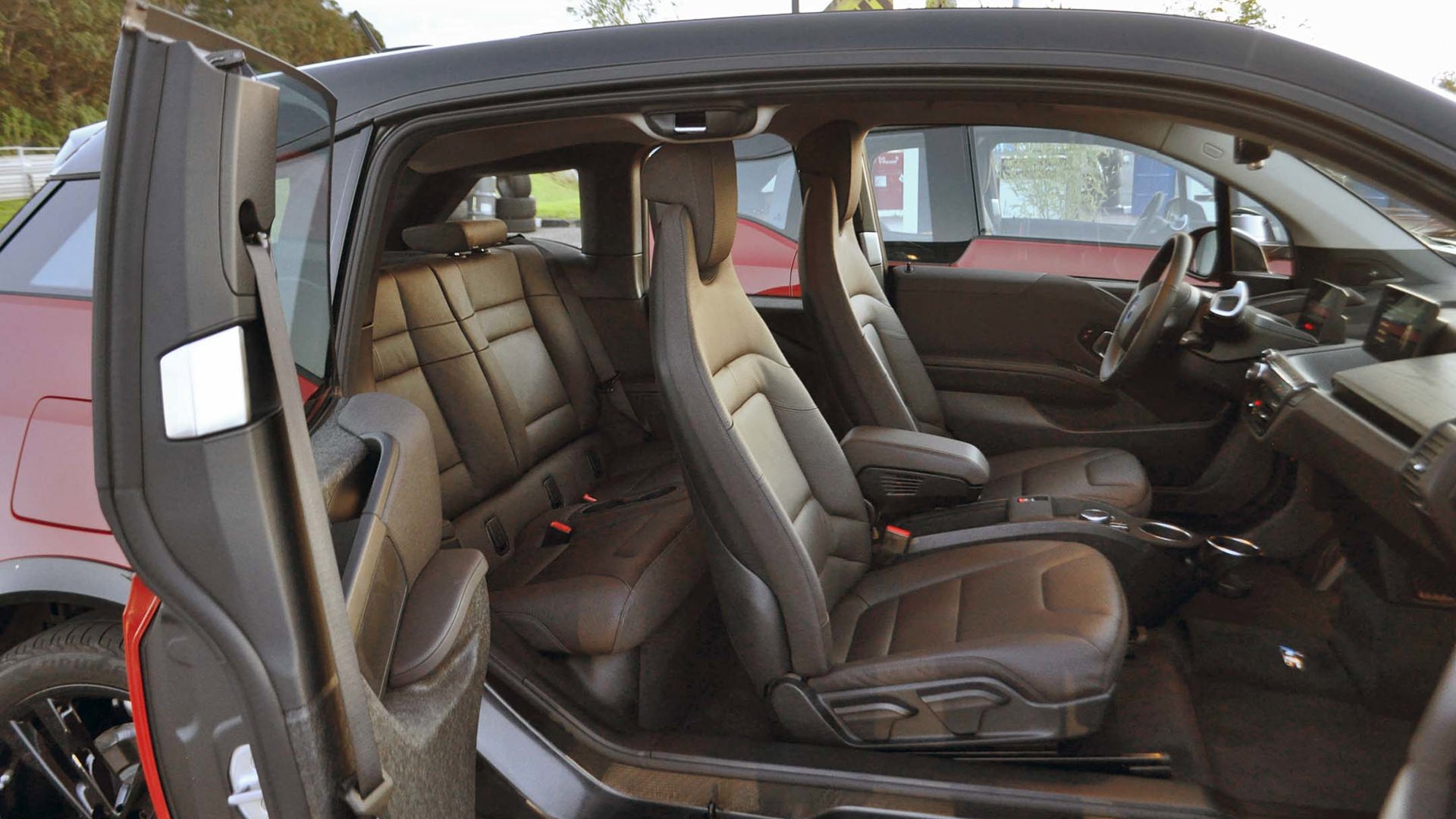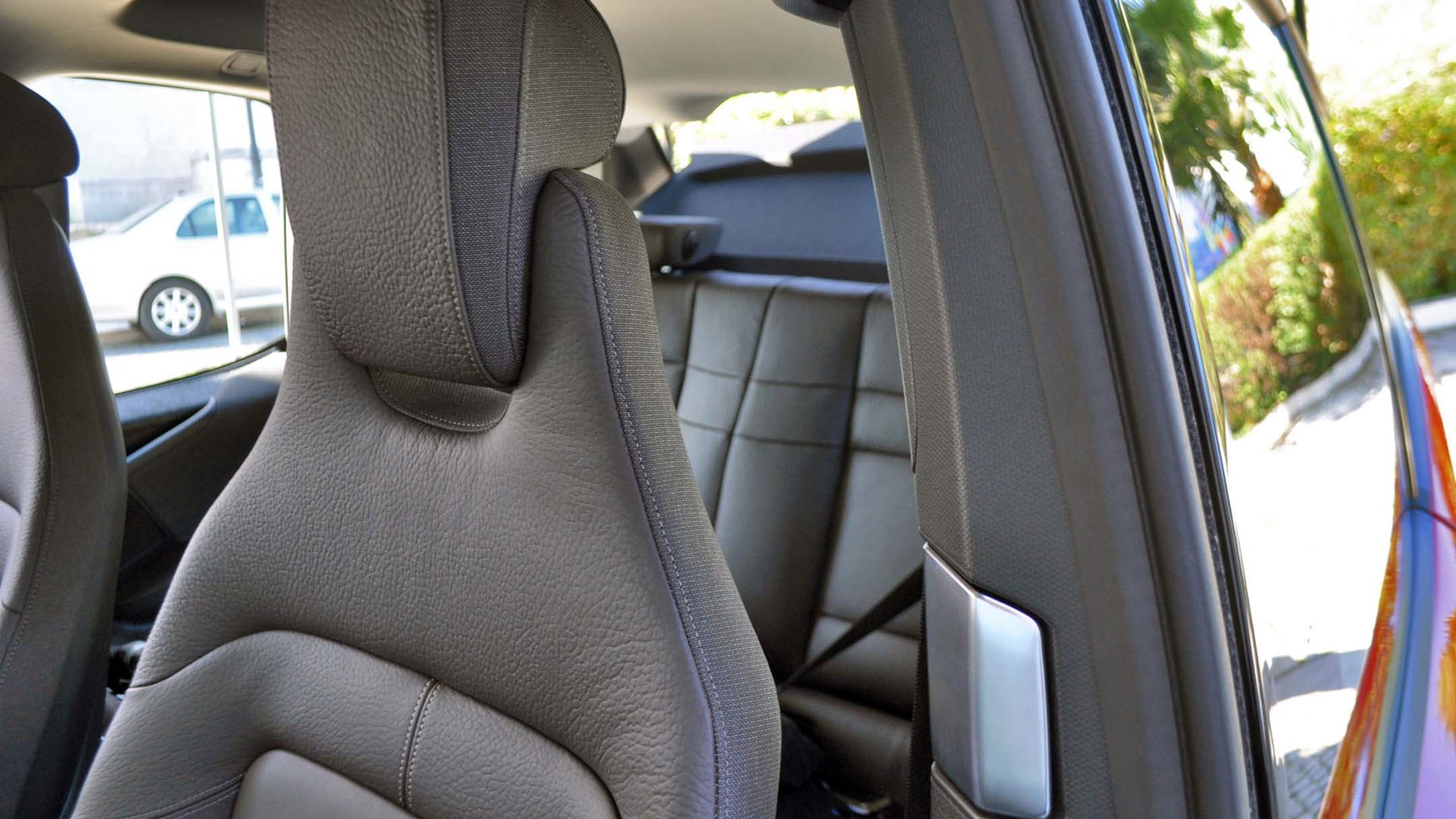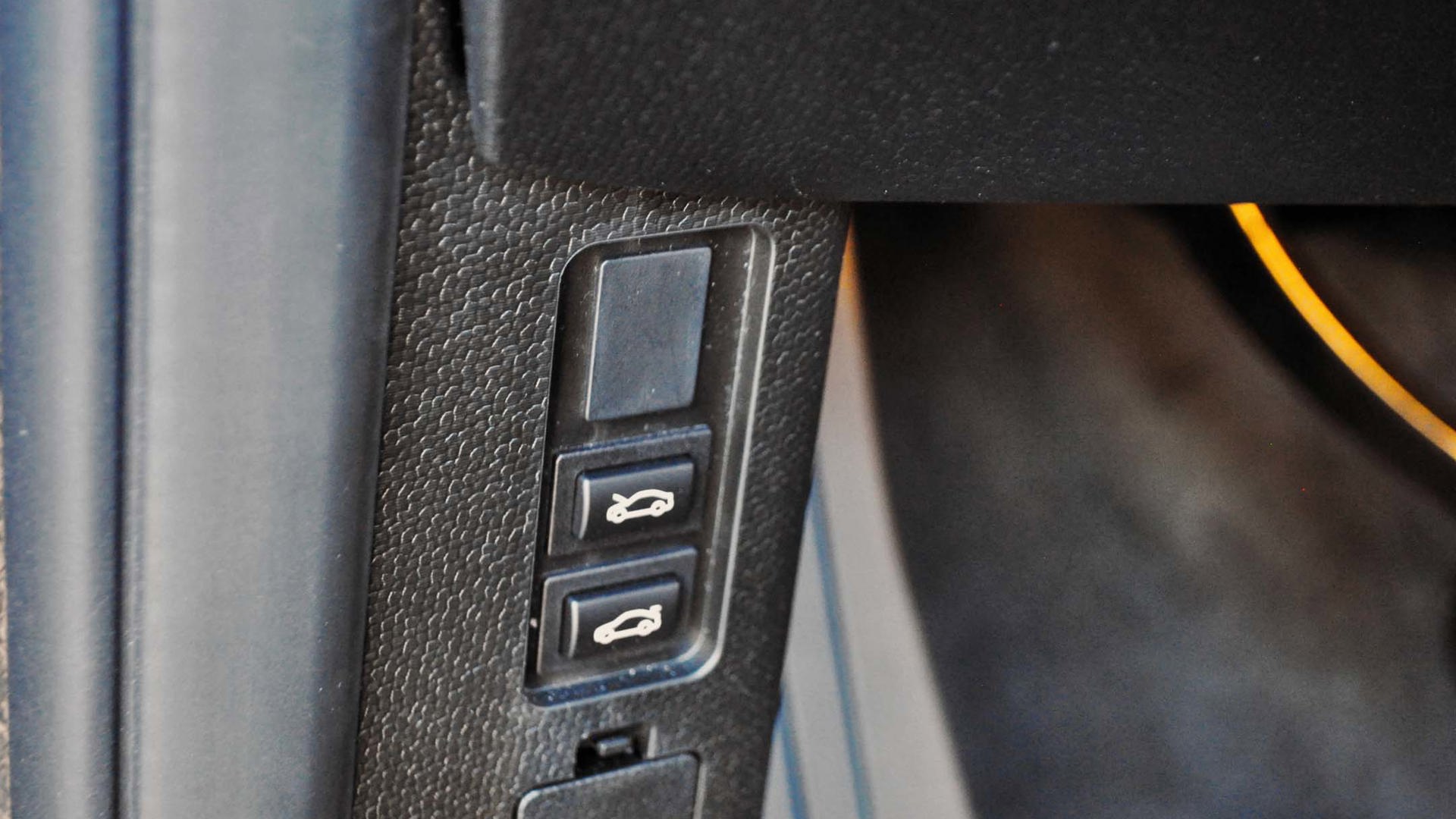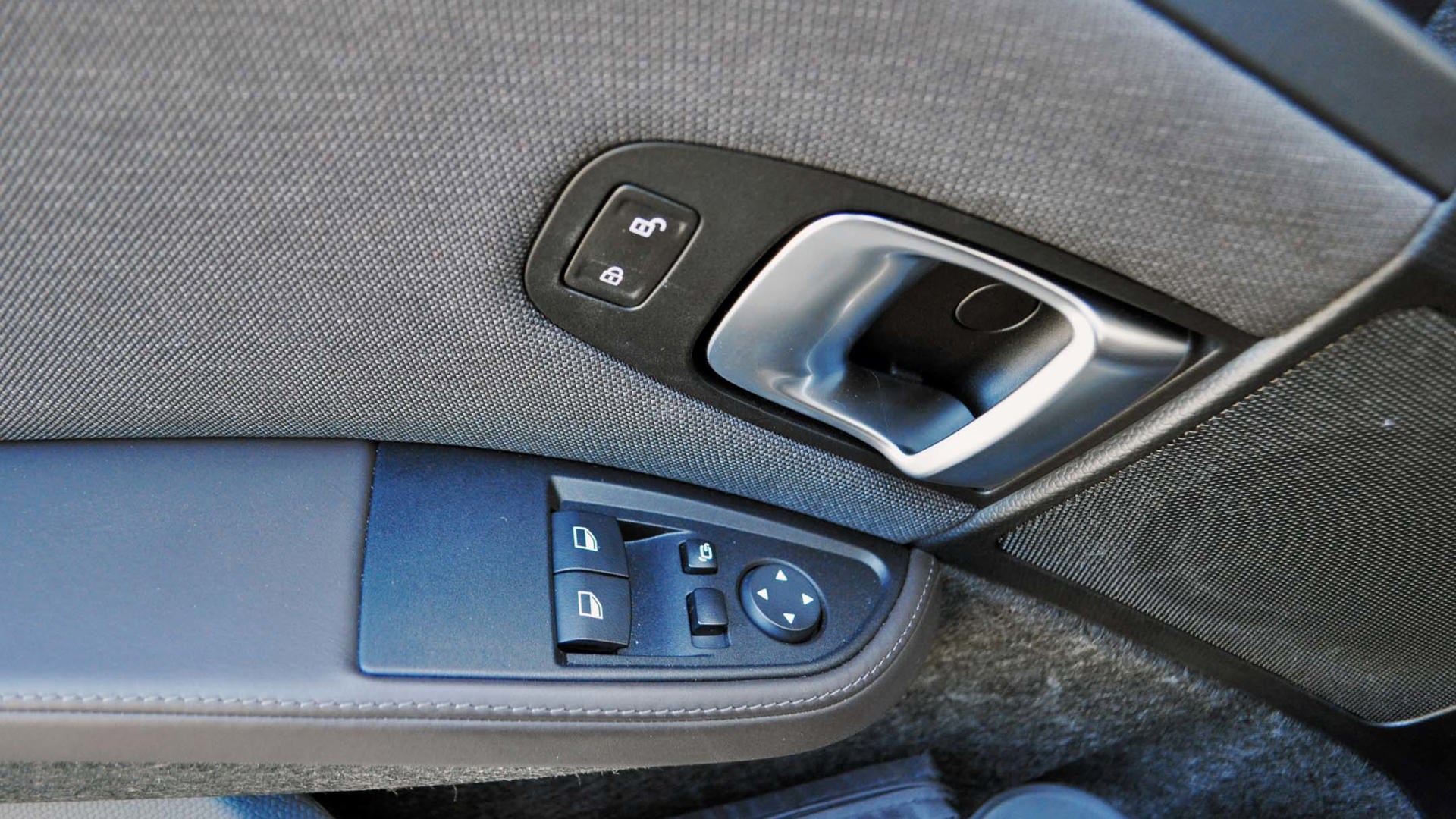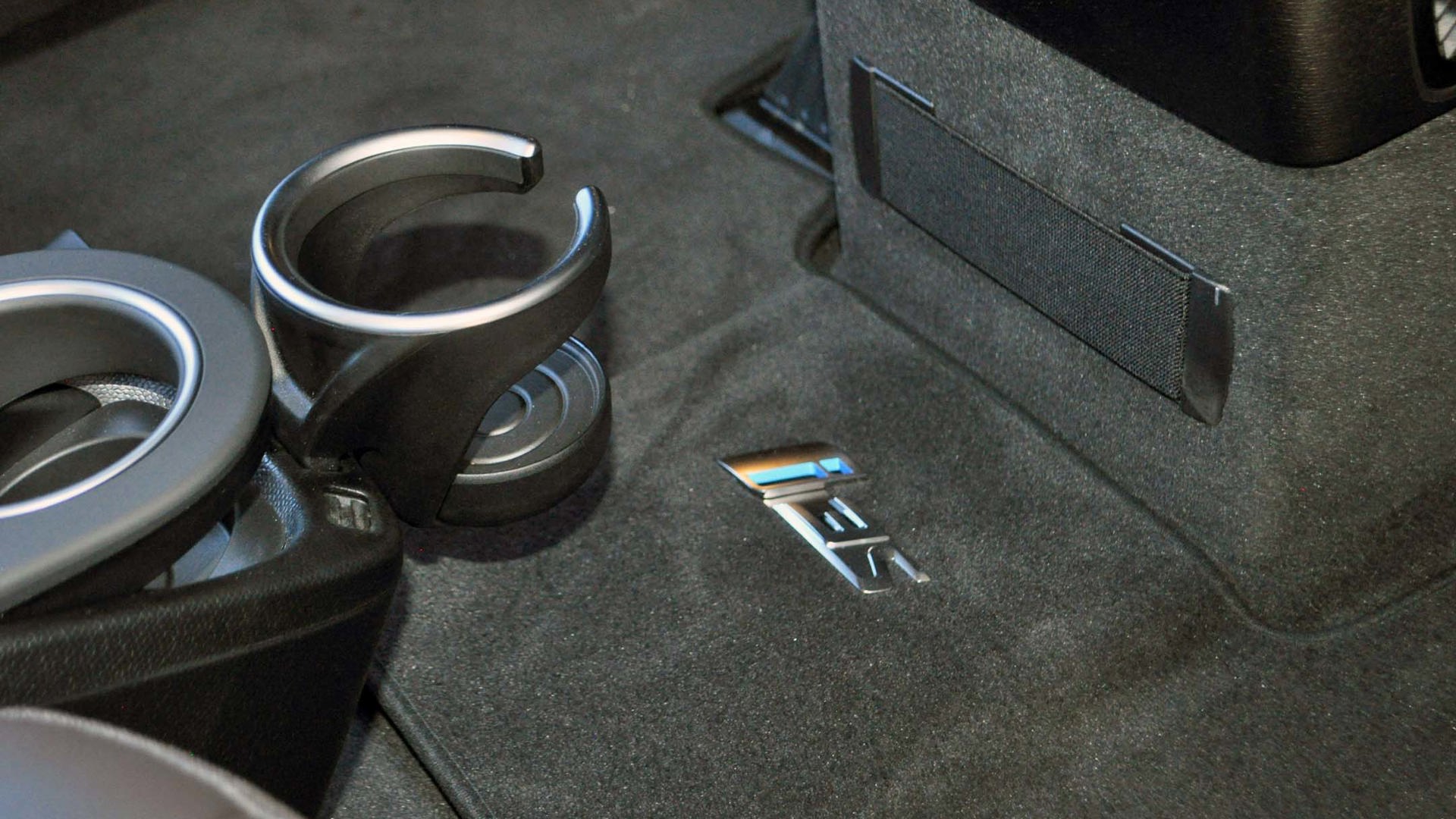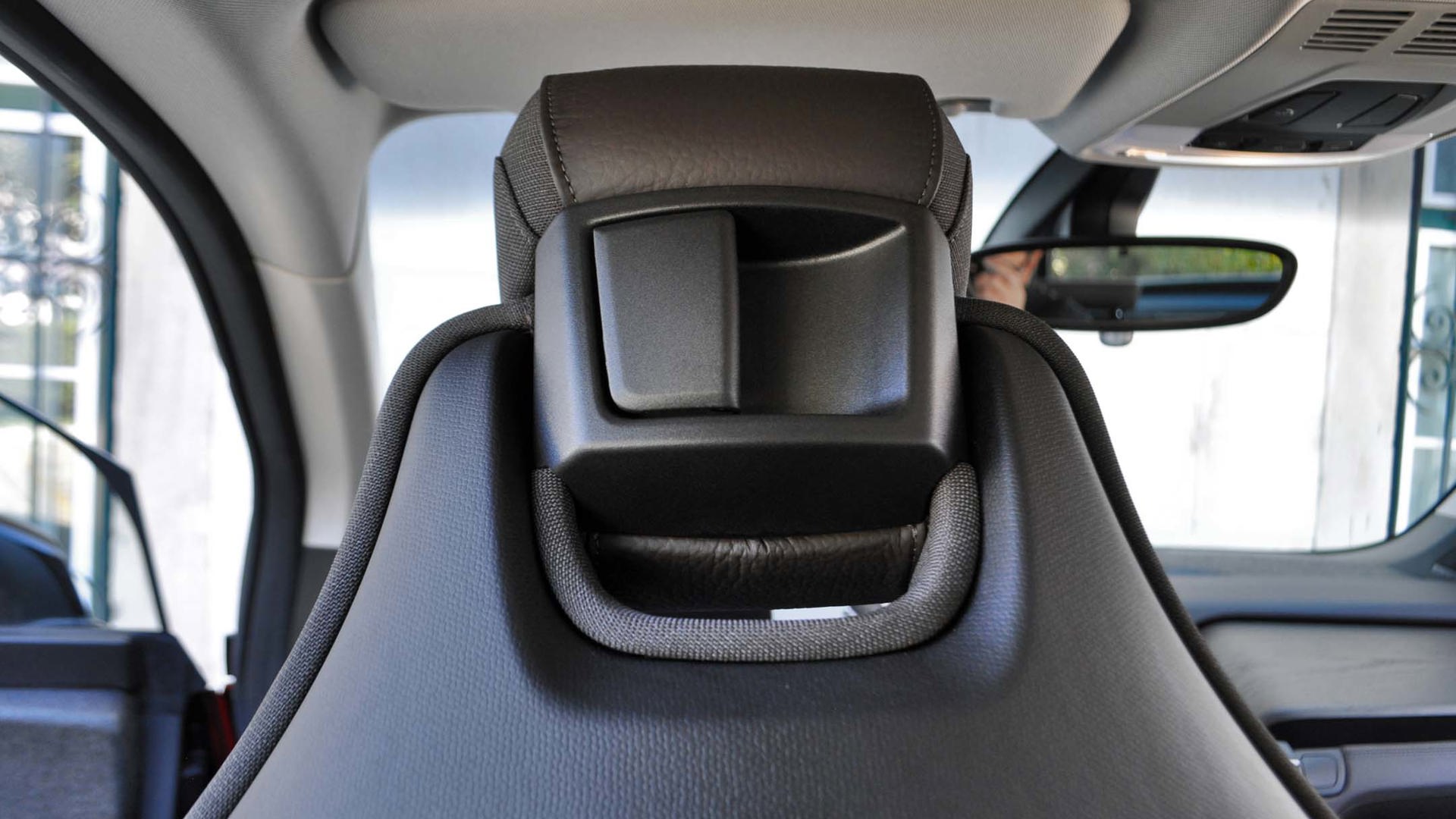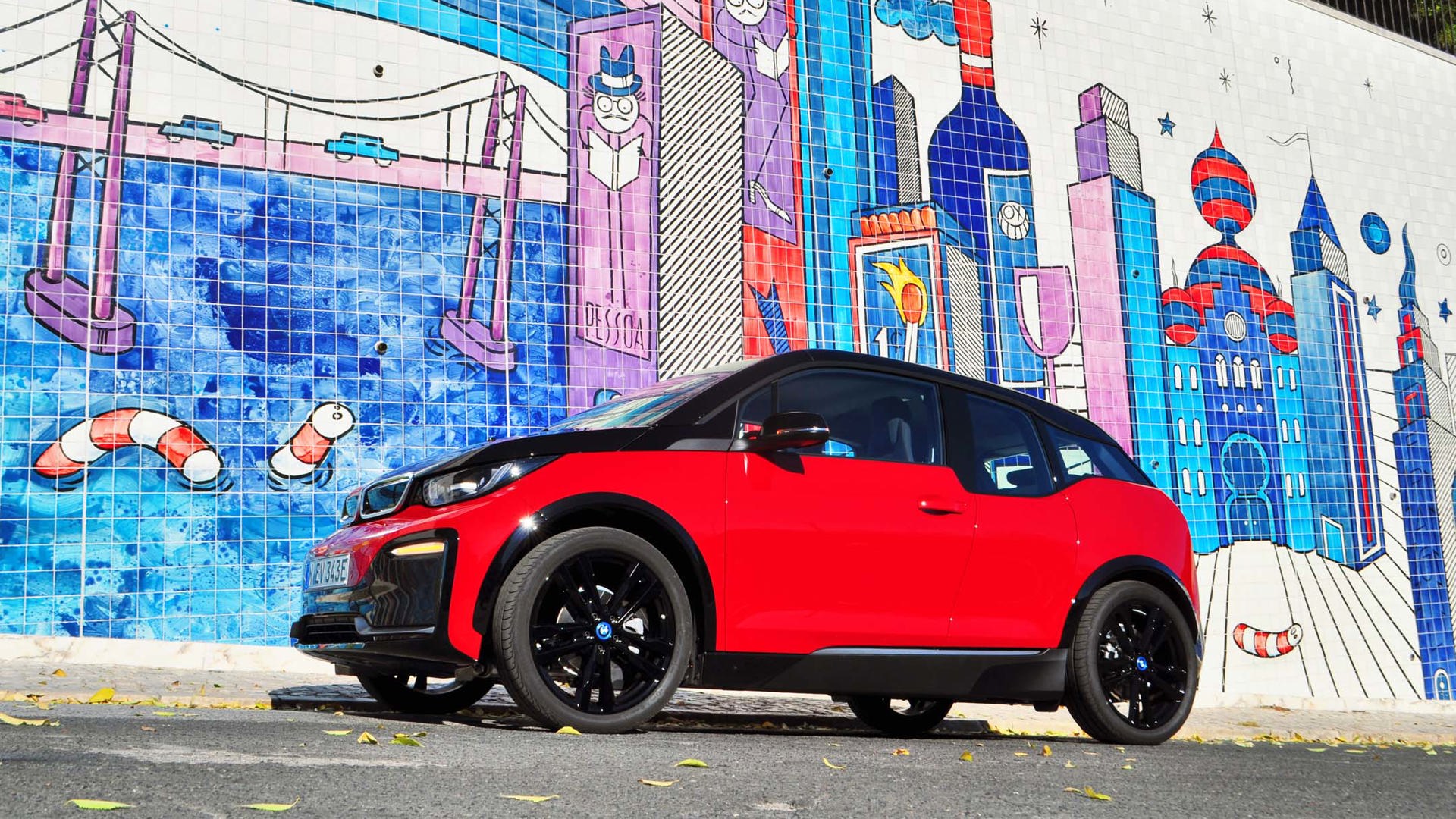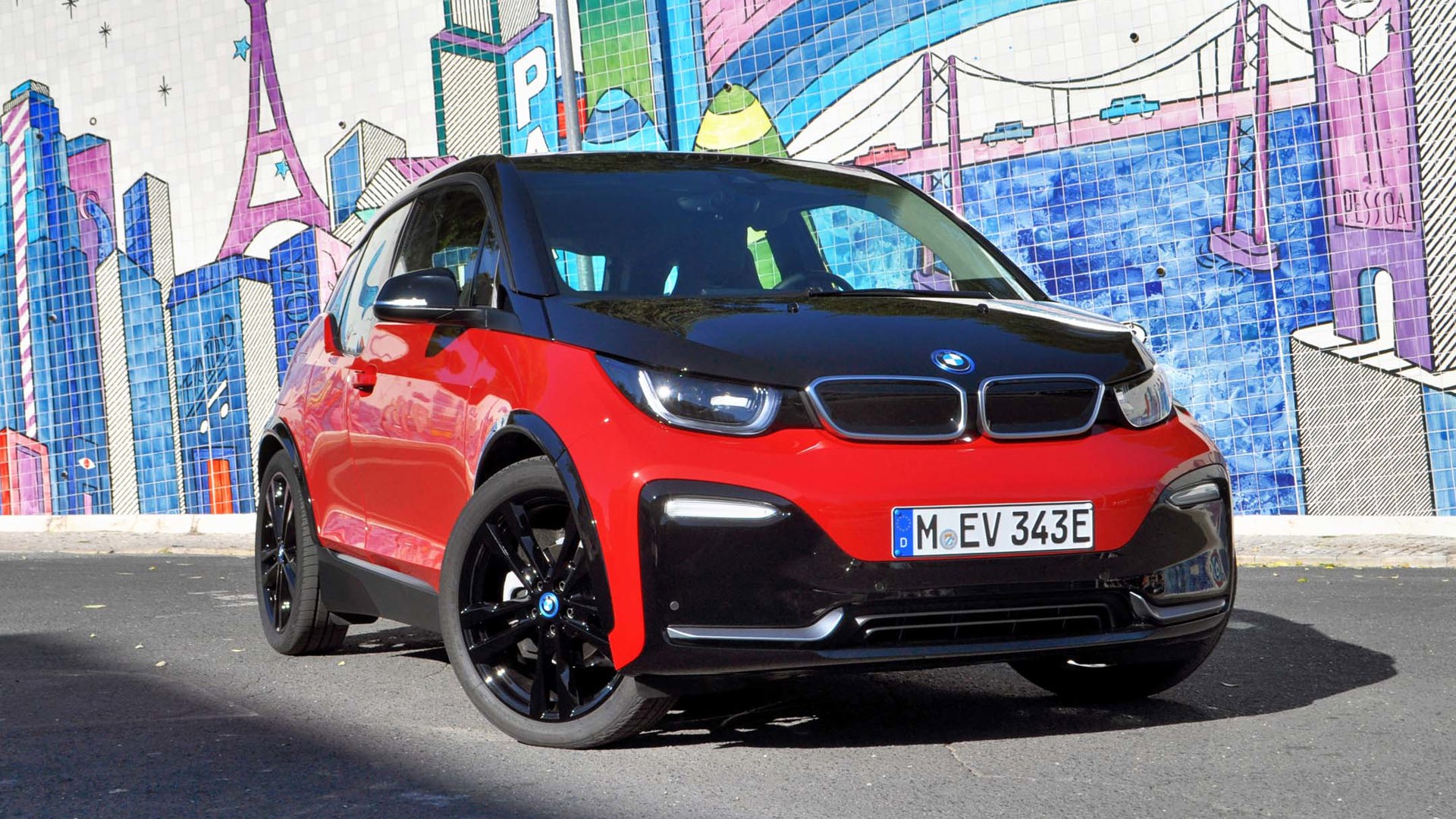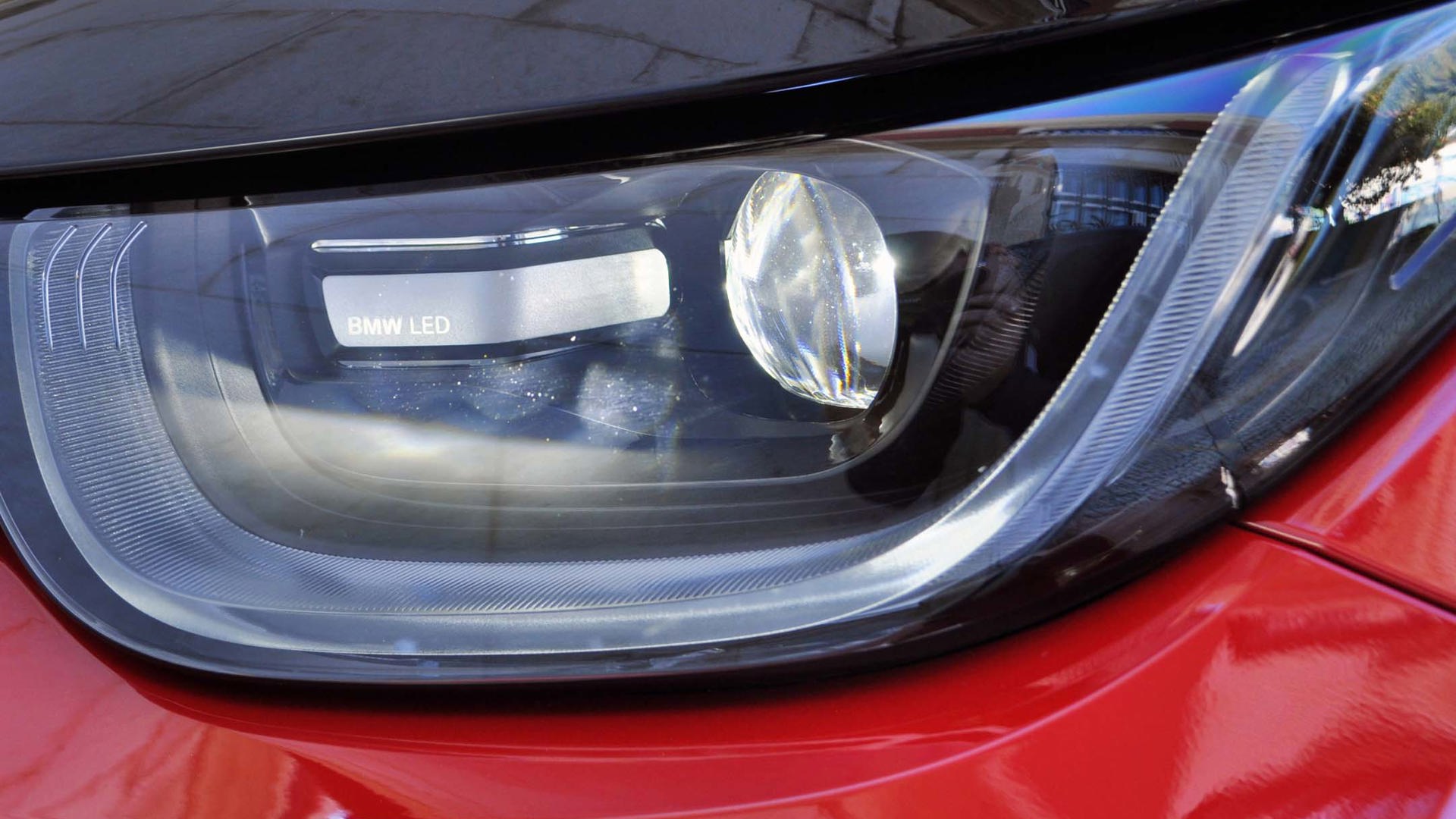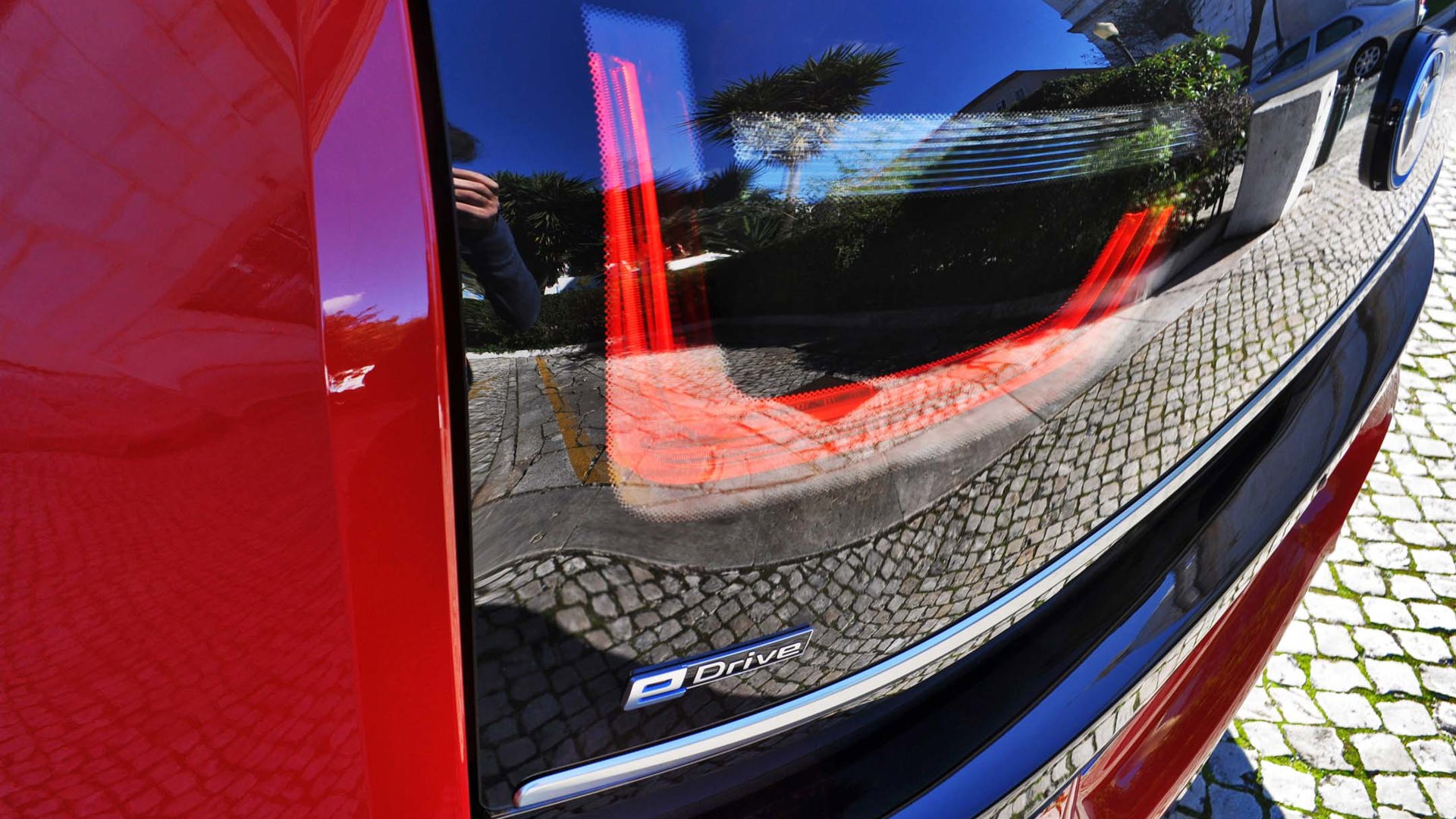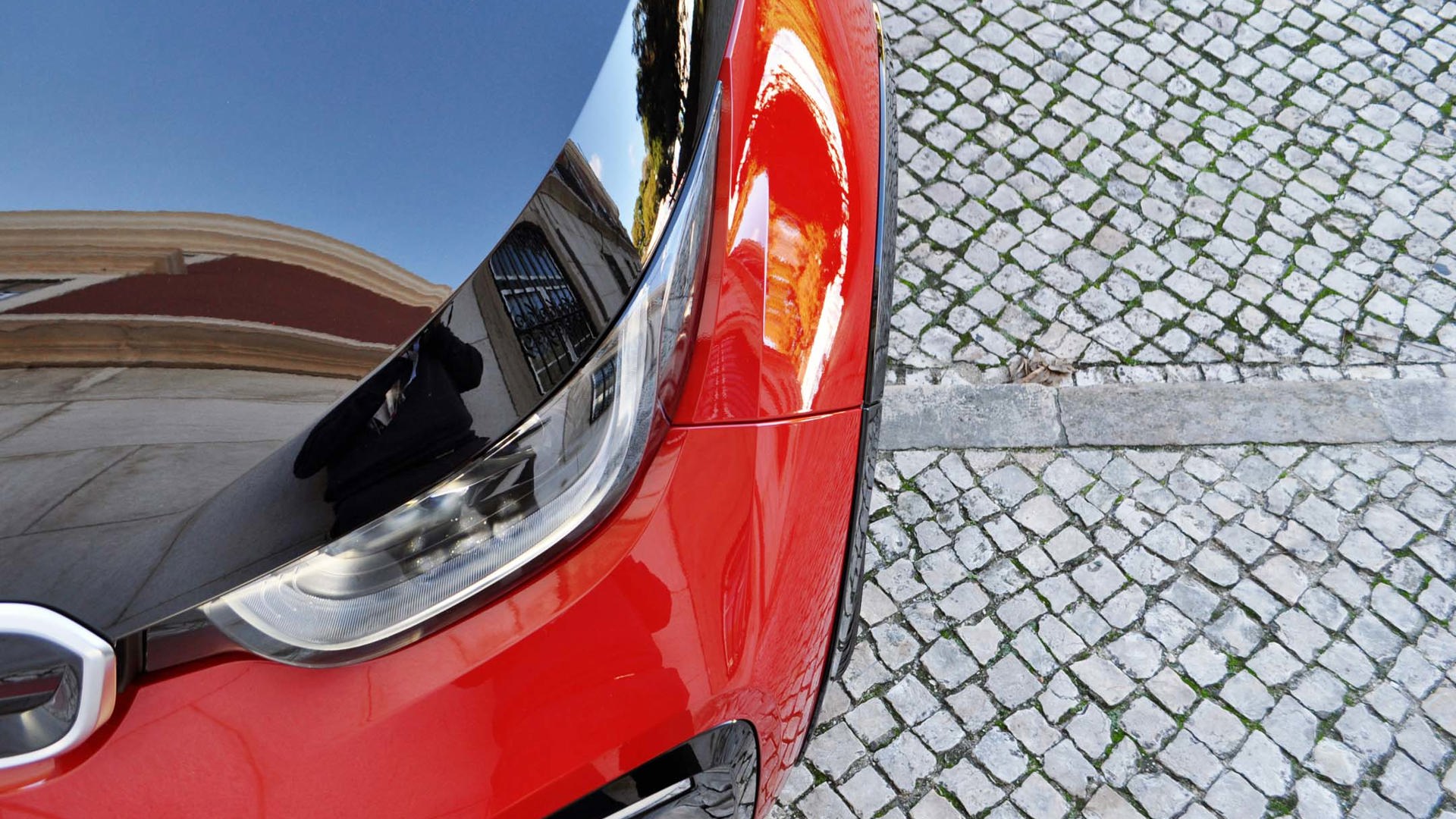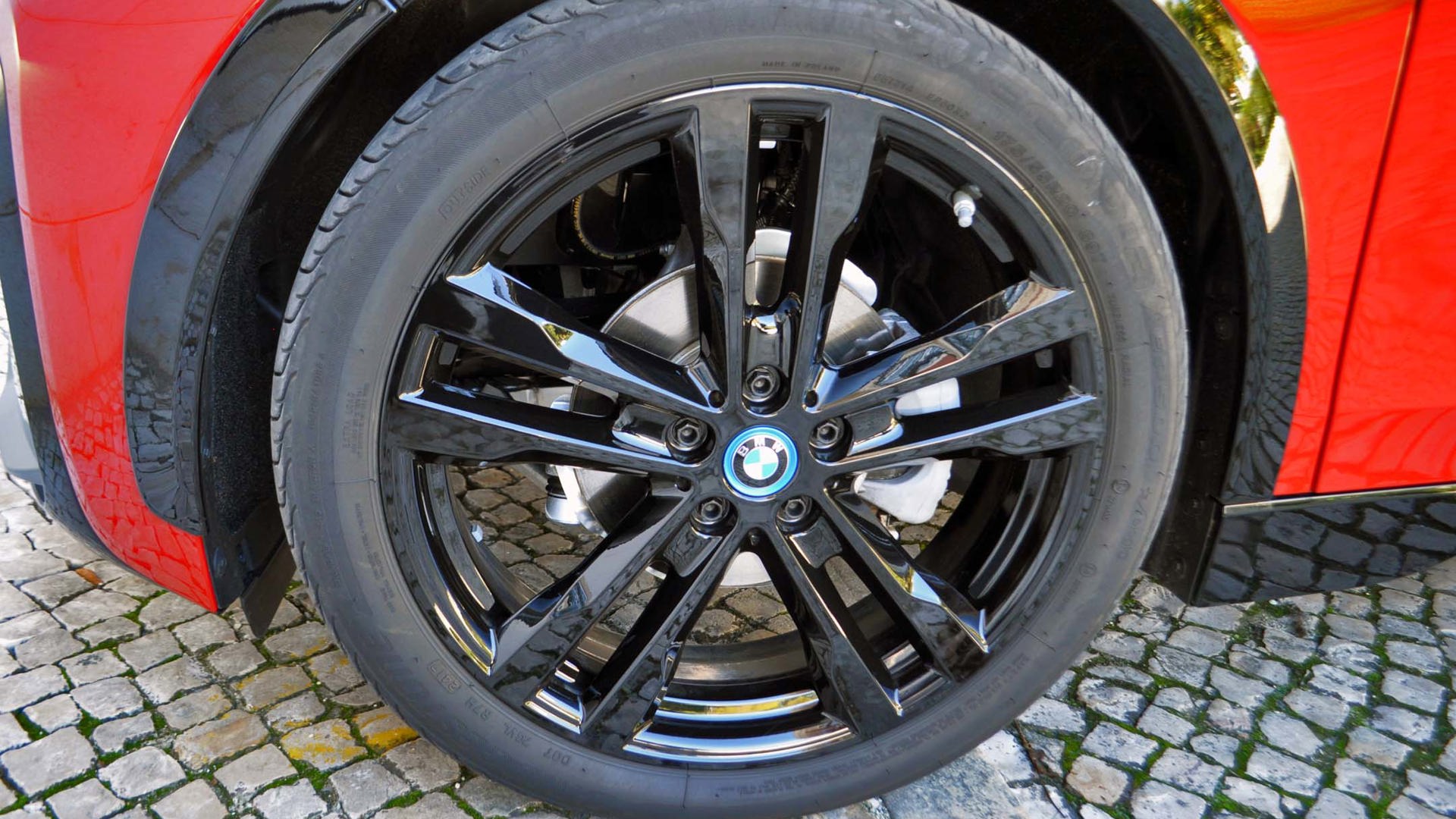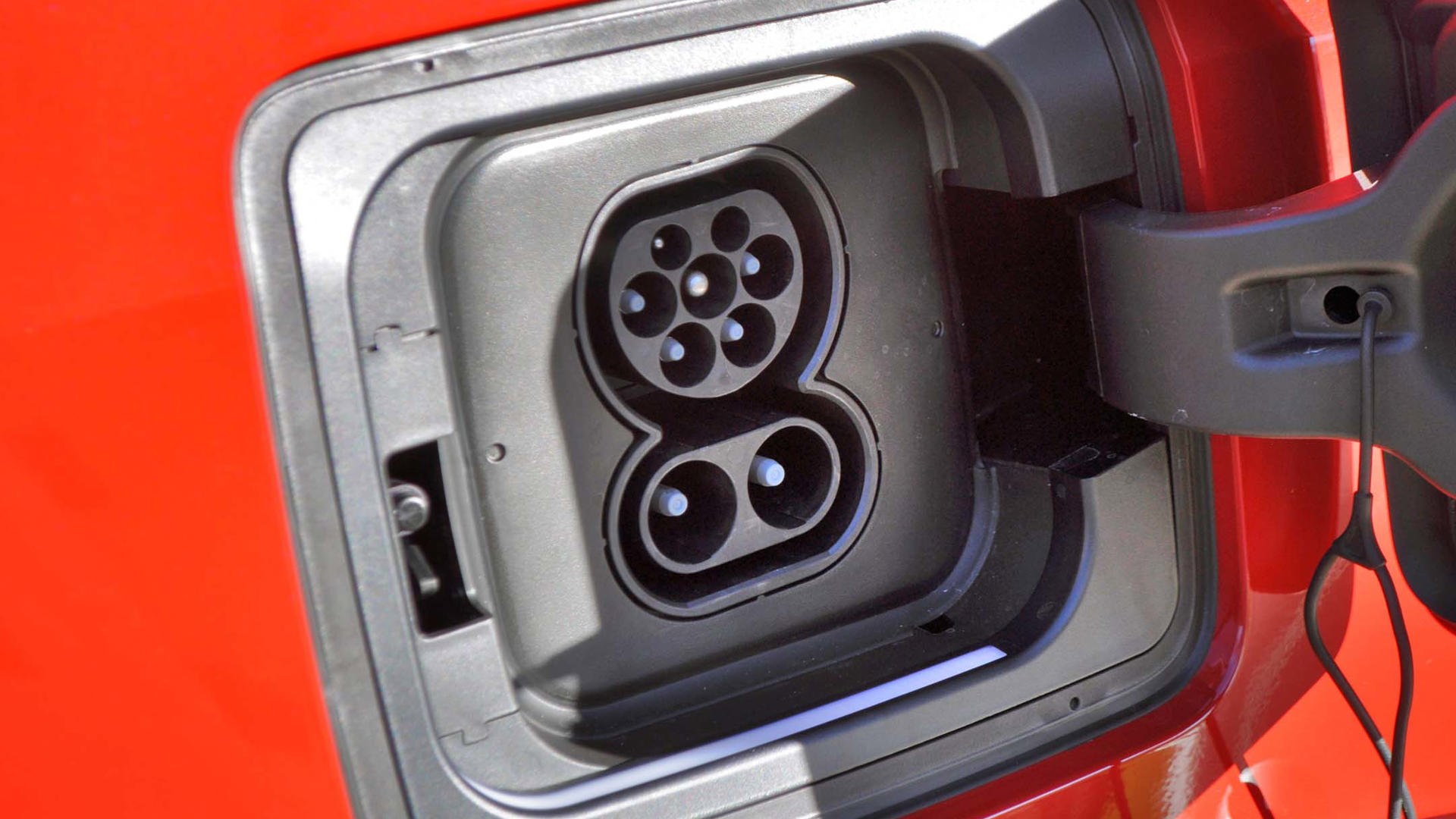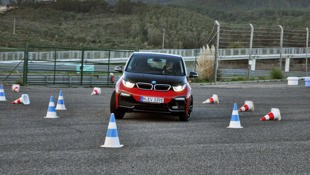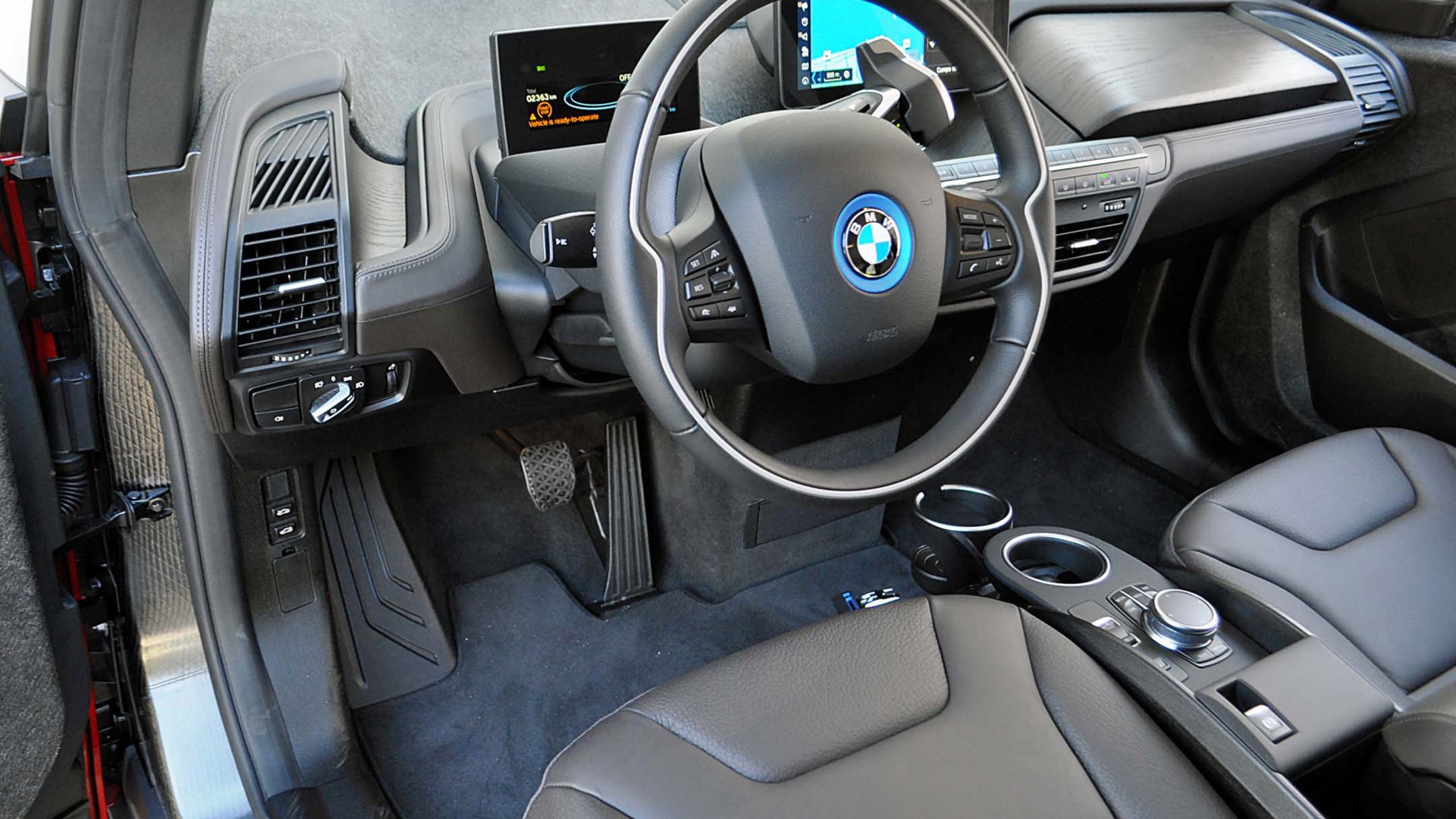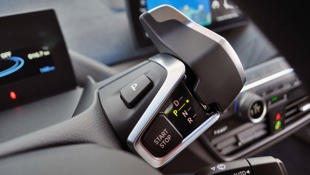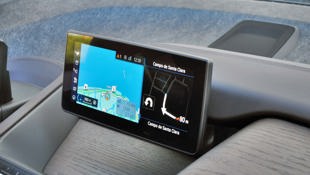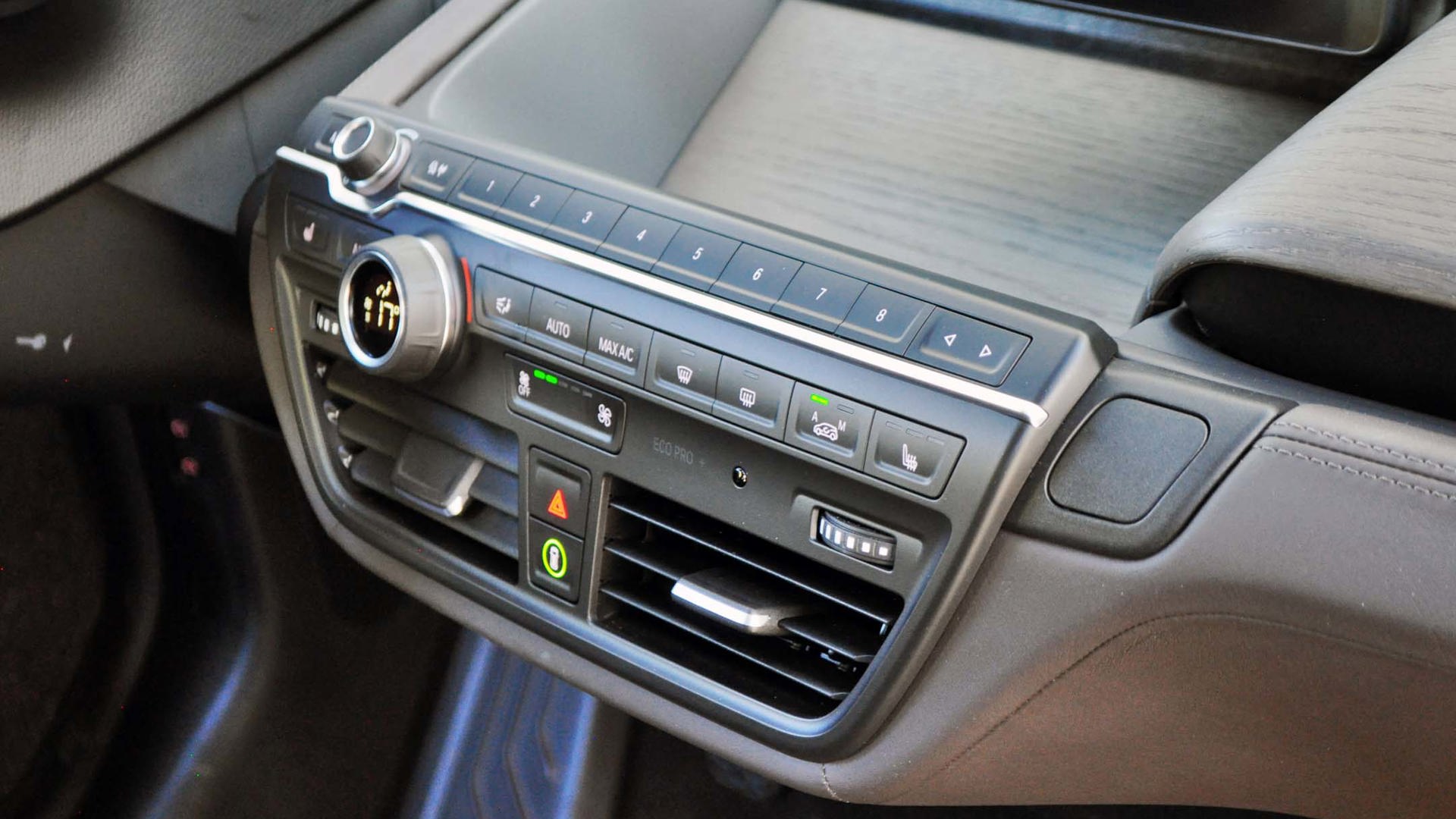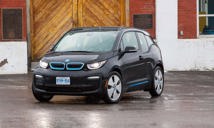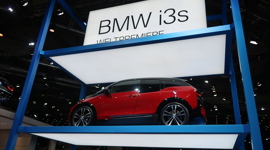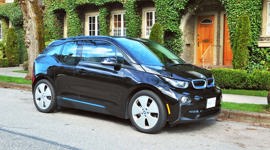LISBON, Portugal – There’s no doubt the BMW i3 was ambitiously designed to rank amongst, if not outright be the most advanced and efficient electric vehicle on the planet. And it has been the most efficient vehicle or amongst the top few since it debuted in Canada in May 2014. That said, buying trends over the past five years suggest Canadians don’t tend to put ultimate efficiency at the top of our buying priorities, and even city-dwellers are increasingly favouring larger vehicles overall, many of the truck and SUV/crossover variety.
A little bit of extra power, much more drivetrain smoothness and even a little extra visual kick to add to its unique brand of futuristic modernism.
Into this overall picture comes the new 2018 BMW i3s, a sportier version of BMW’s four-seat subcompact electric vehicle, and the big addition to the reworked i3 line for the 2018 model year. It offers a little bit of extra power, much more drivetrain smoothness – which is tough to pull off in an all-electric vehicle that’s largely silent to start – and even a little extra visual kick to add to its unique brand of futuristic modernism.
Let’s start with those looks first. The new i3s we drove in and around the crowded streets of Lisbon to the Estoril circuit just outside of the city were the full-electric, no-gasoline-whatsoever BEV (battery electric vehicle) version. The new i3s model sits 10 mm lower thanks to a unique sports suspension, and is a remarkable 40 mm wider compared to a regular 2018 i3. Much of that extra width comes from new wider wheel arches, set off by black mouldings unique to the i3s, while half-inch wider wheels and tires come standard with exclusive 20-inch wheels.
The overall visual difference is subtle but noticeable, although we didn’t have any regular i3 models on hand to compare them to, which receive subtle lower-body sculpting for 2018, as well as a move to full LED lighting up front. The overall small but tall-ish shape still screams car of the future, a notion reinforced by its unique hatchback body where the doors open butterfly-style. It’s a future, however, where you’ll have to open the front doors before you can open the rears, which is a pain if you regularly have passengers in the rear seats.
Range is a common concern for i3 buyers, clearly
Counting both BEV and REx (for Range Extended) versions, there are now four available i3 models for 2018, which arrive early in the new year.
The 2018 i3 BEV is EPA-rated (i.e., realistically) at 125 miles (201 km) of range, roughly 20 km more than the outgoing model. The i3s and REx versions don’t have published range or efficiency numbers yet; as the 600 cc twin-cylinder range-extender engine hasn’t significantly changed for 2018, it will likely provide an extra 129 km, same as the 2017 model. Altogether, a journey longer than the previous maximum of 285 km – possibly up to 300 km – should be possible without stopping for gas or charging, though that’s close to a best-case scenario.
A BMW Canada rep on this trip said that more than three-quarters of all Canadian i3 sales so far have been of the REx model. Clearly, BMW i3 buyers so far have wanted as much range as possible, even with standard fast-charging capability on all models.
Speaking of which, standard DC fast charging can provide an 80 percent charge in roughly 30 minutes. Put another way, if you’re lucky enough to find a Level 3 quick charger at a highway stop, a 15-minute coffee and bathroom break can give you an extra 100 km or so of range.
That said, all 2018 i3 models come with the same size battery (33.2 kWh, 94 Ah) as offered for 2017, with only slight efficiency tweaks. The 60 Ah battery option has been discontinued for 2018.
Smoother driving feel is the most noticeable driving change
Easily the greatest difference with the i3s versus early i3 models is the smoothed-out feel of the regenerative braking system. Before, when you’d lift off the i3’s accelerator, there would be some heavy retardation right away, like you were driving in second gear, which would only minimize (slightly) when you were up at highway speeds.
This was a function of regeneration behaviour designed to maximize the amount of electricity recouped by the system. Some folks loved this “max regen” feeling, and revelled in not having to lift your foot off the gas in so-called one-pedal driving. But the system was also the most aggressive on the EV market, and unlike similar systems by Nissan and nearly every other EV maker, BMW didn’t allow you to dial down the regeneration function to the point where it felt like driving a regular vehicle.
In essence, even with various Eco modes available, it felt like you could choose between driving all day in second or third gear, but never higher.
Now with the new i3s, there’s still a regeneration effect, but they’ve smoothed it down quite a bit in the default D setting, so that a quick lift off the right pedal won’t throw your passenger’s head forward as it did when the i3 first came out. For those that still want max regen effect, there are Eco and Eco+ modes that provide the “second gear” feel.
Another new feature unique to the i3s is a Sport mode. It helps make the most of its 180 hp, up from 170 hp in the regular 2018 i3, as well as 199 lb-ft of torque, up from 184 lb-ft in the base i3. BMW says the i3s can go from zero to 100 km/h in 6.8 seconds, or 0.4 seconds faster than the regular i3, while the i3s also has a slightly higher top speed of 160 km/h, versus 150 km/h.
So no huge differences performance-wise on paper, and with no regular i3 models to try against the i3s, no way to tell how the numbers translate on the road. It’s likely mostly a styling question as to whether you want the regular i3 or the i3s. The i3 starts at $48,750 for the BEV version in Canada, and $52,350 for the i3s. The range-extender engine is now a $4,600 option on either version.
Price and government incentives still key
As before, government incentives in three provinces can make the i3 much more affordable. The BC government currently offers $5,000, in Quebec $8,000, while in Ontario any i3 is eligible for $13,000 in provincial clean car incentives. Those rebates make the somewhat elevated pricing for such a small vehicle easier to swallow, in Ontario especially. But it also means that it’s still quite expensive in the plug-in world.
The base i3 is somewhat spartan for the price, coming with leatherette or cloth seats, dynamic cruise control, and rain-sensing wipers. The Premium option package adds niceties like a universal remote control, automatic door unlocking, navigation, and parking sensors, among others. It’s easy to load up on the options on this car, like most BMWs, so this little car can easily balloon to a big car payment, rebate or no rebate.
Though recent sales trends suggest this impressive and futuristic drivetrain would easily sell much better in the current sales market in a much larger vehicle – an SUV, crossover, or even a truck – BMW is very happy with the i3’s current global sales numbers, especially in Europe. And Canadians have for generations been more European-like and arguably more appreciative of fuel-efficient hatchbacks in general than our American counterparts. But no matter what country you’re in, when BMW makes its most futuristic hatchback both smoother and more fun to fun to drive, how can you argue with that?
